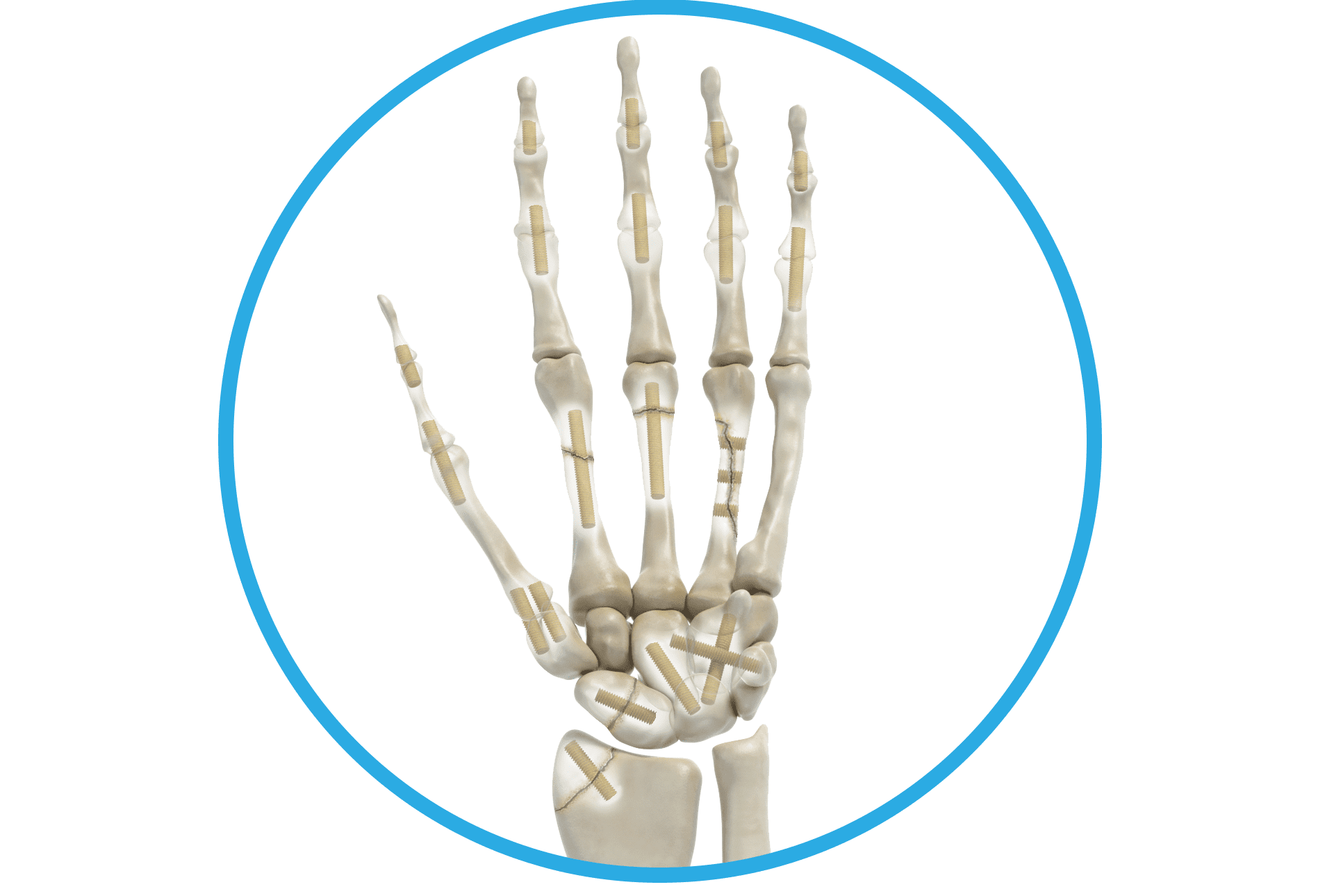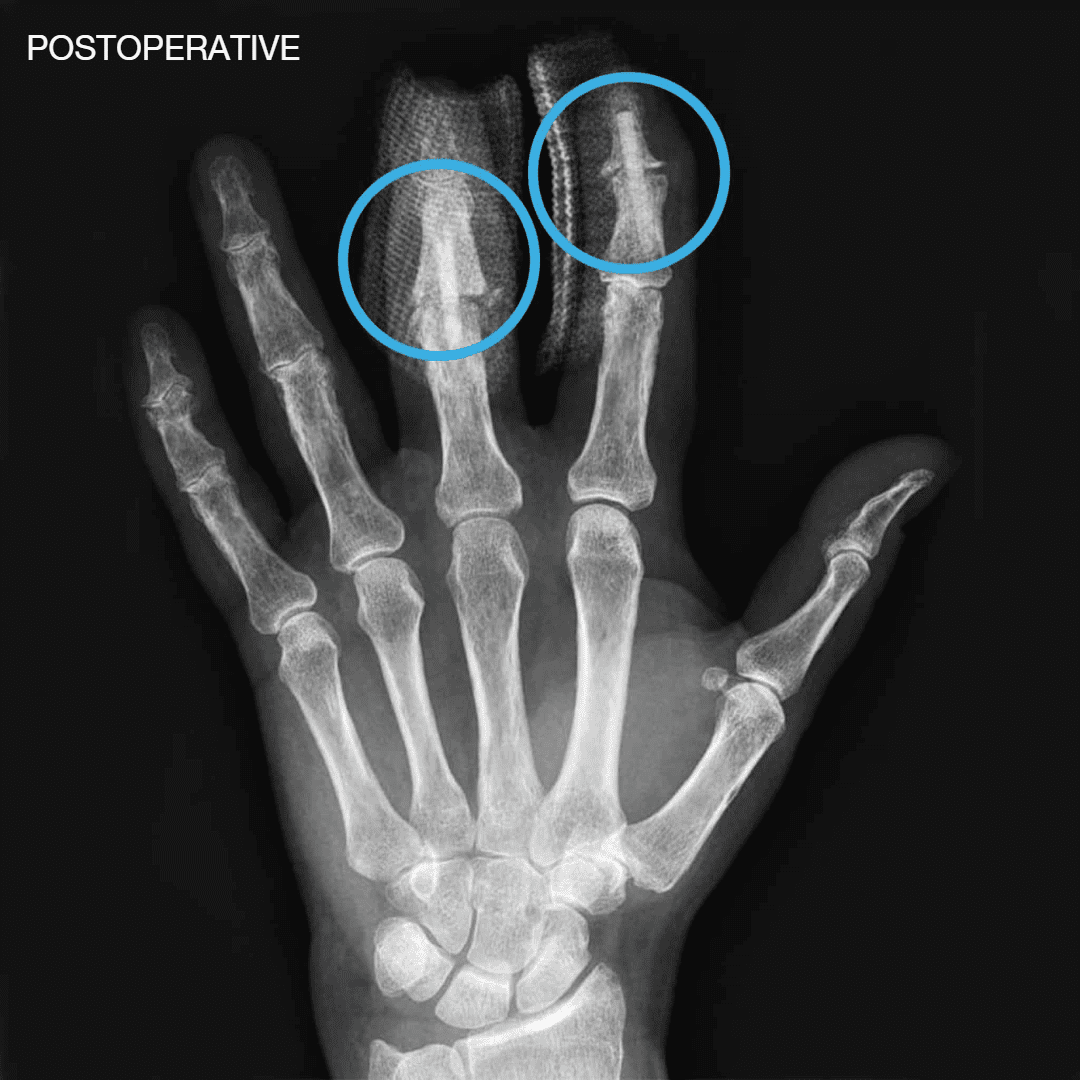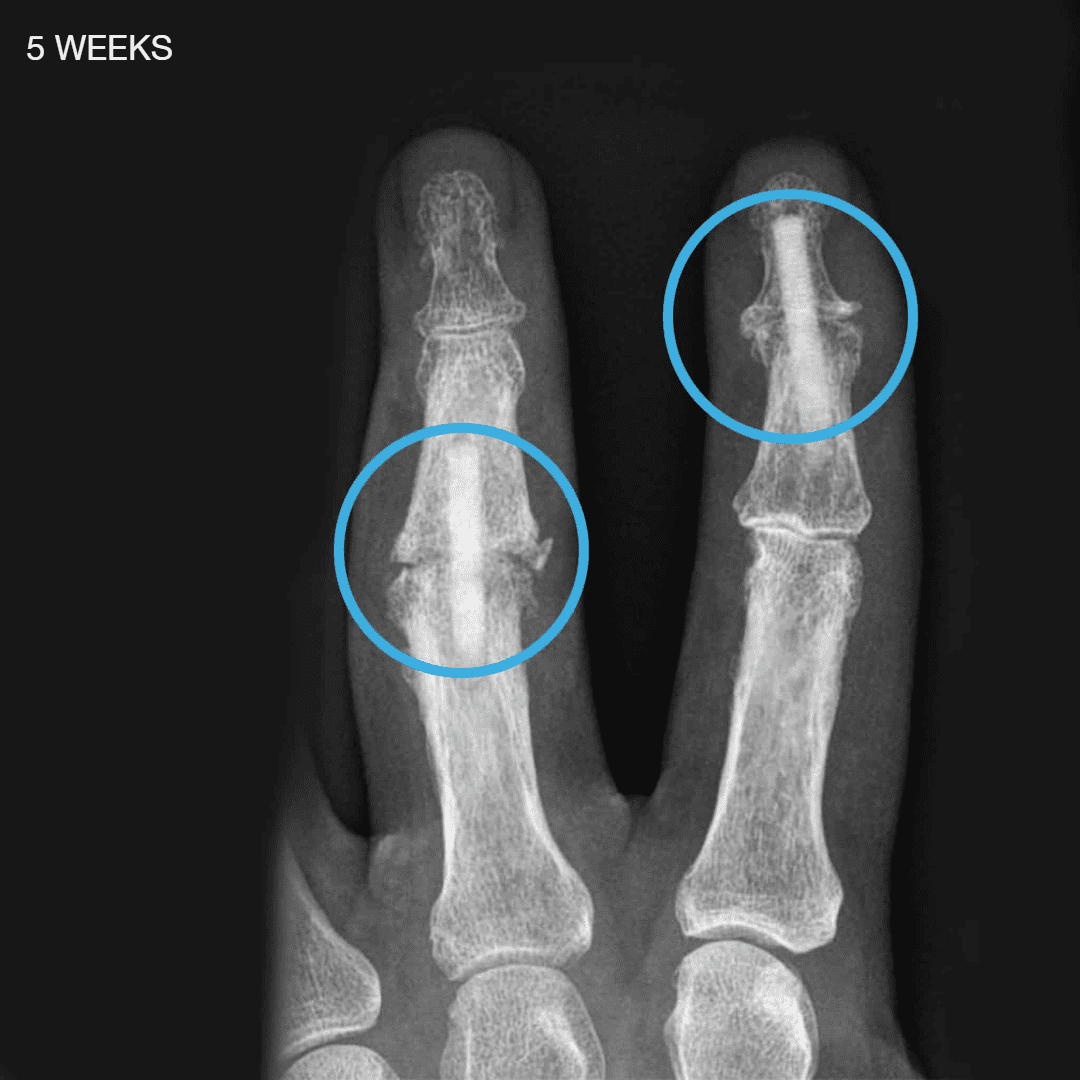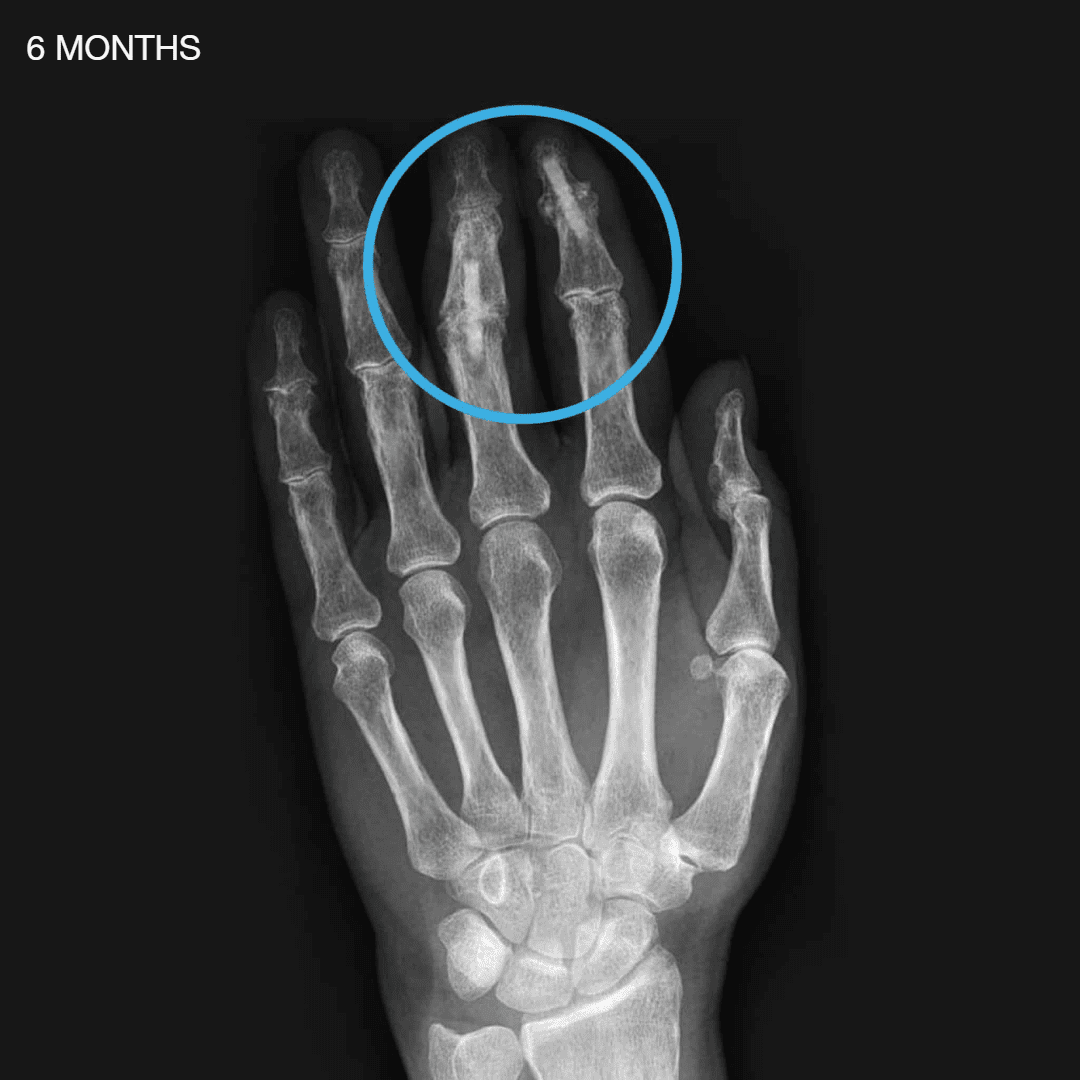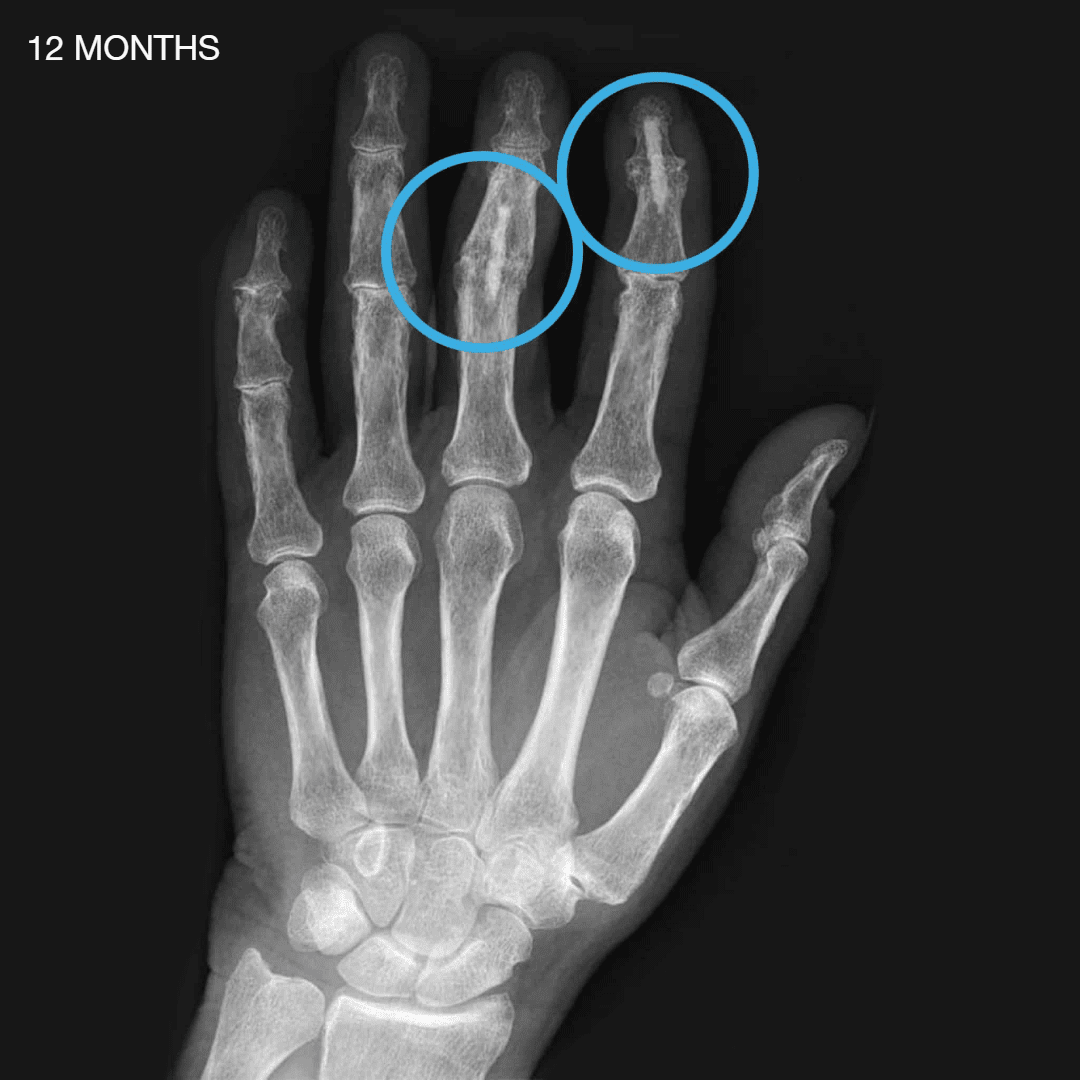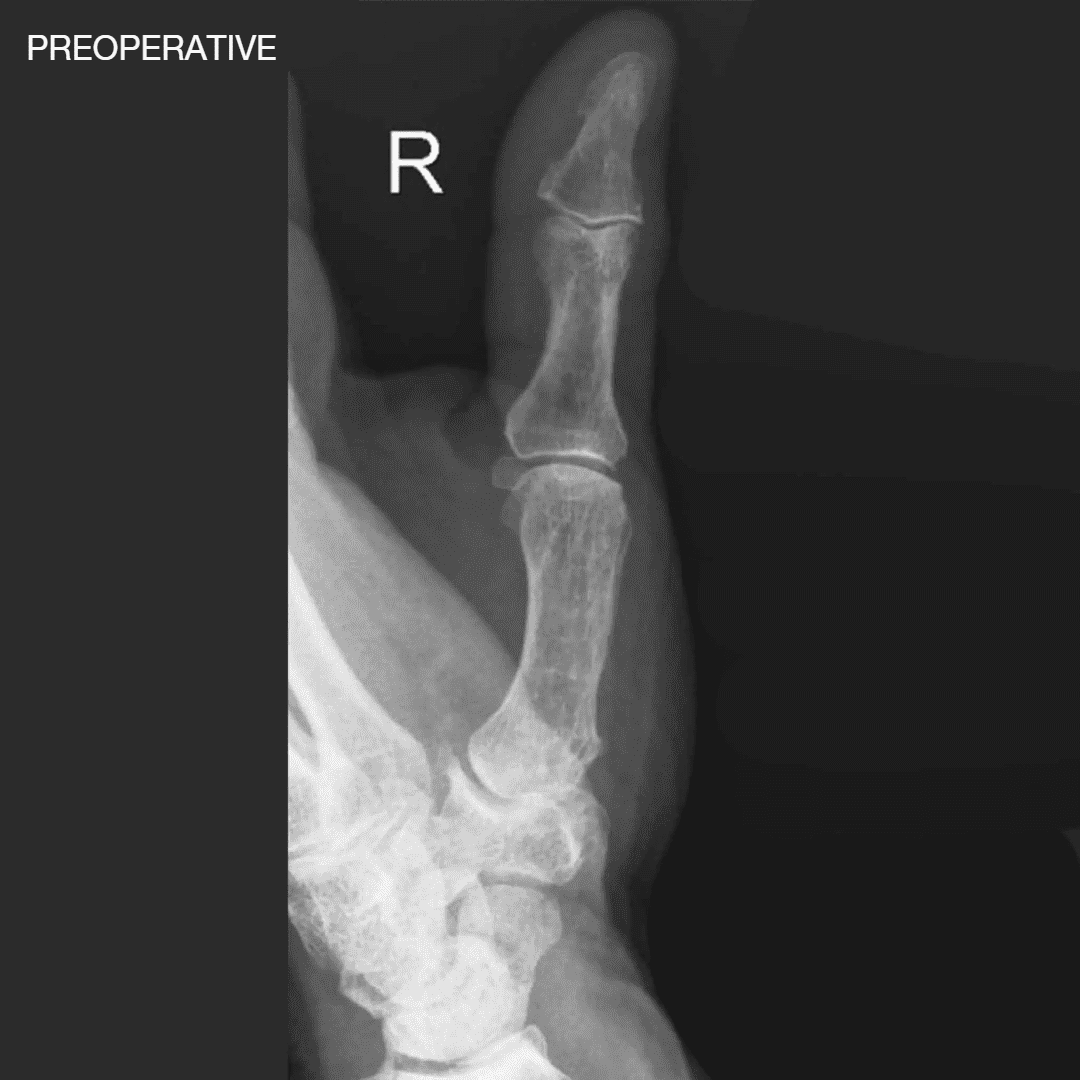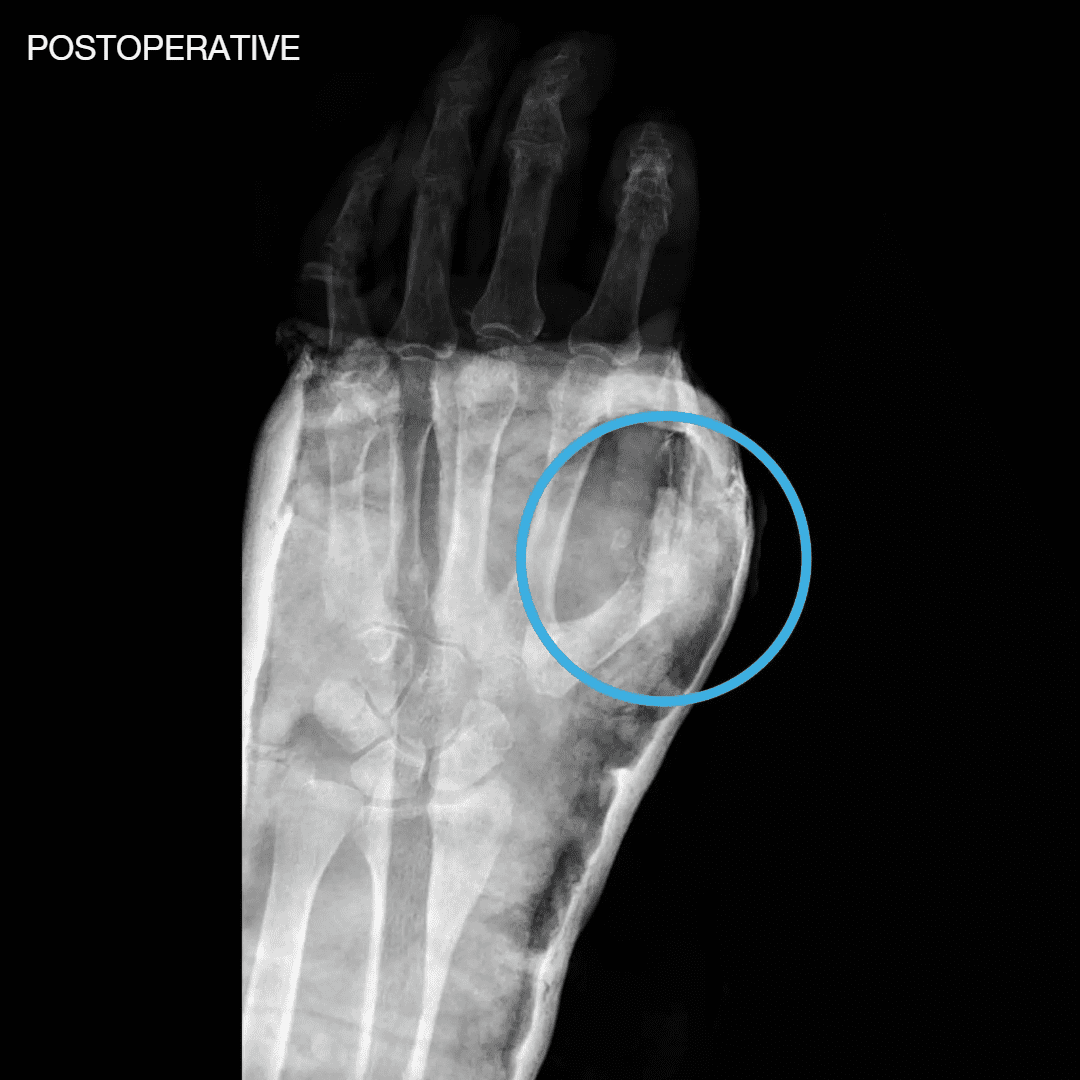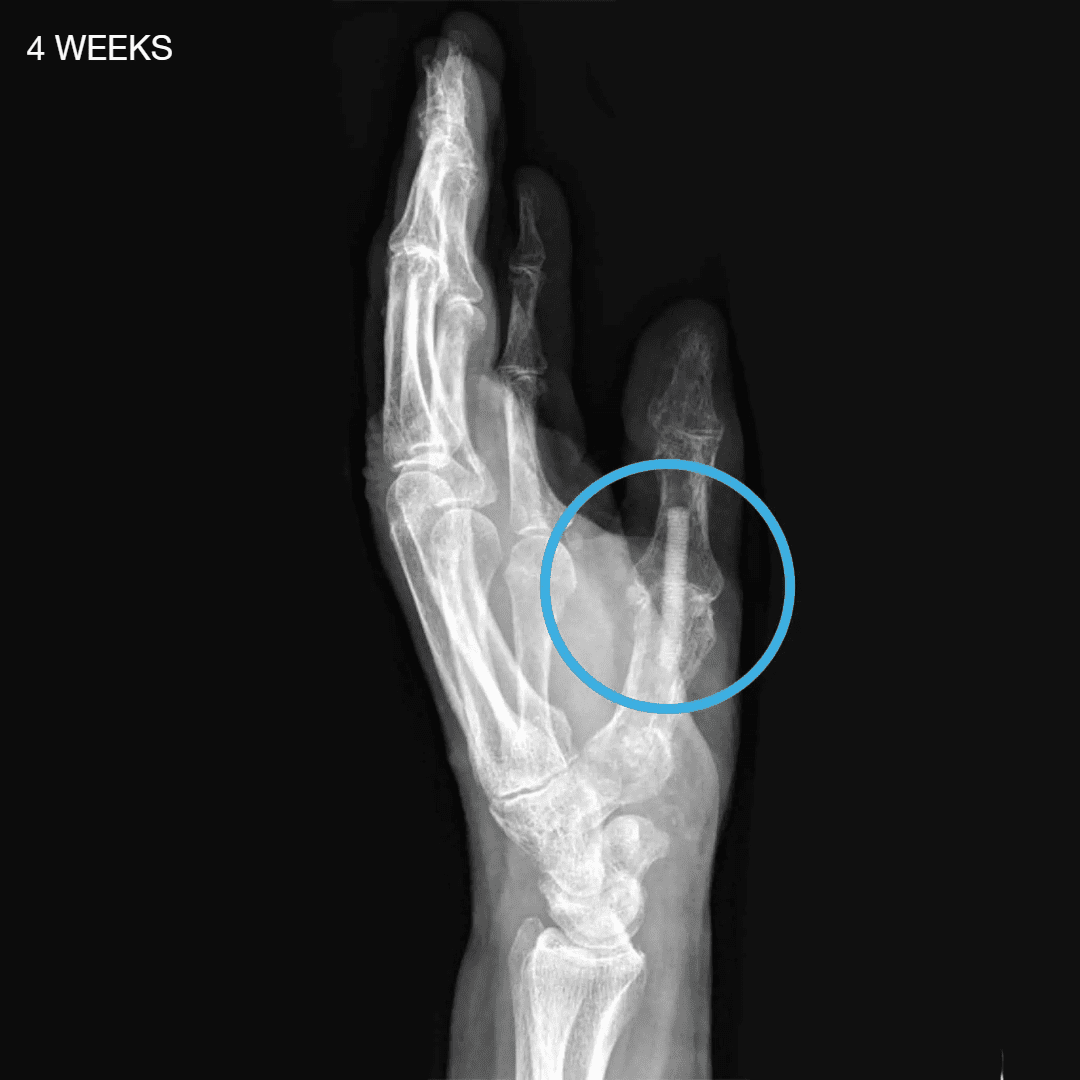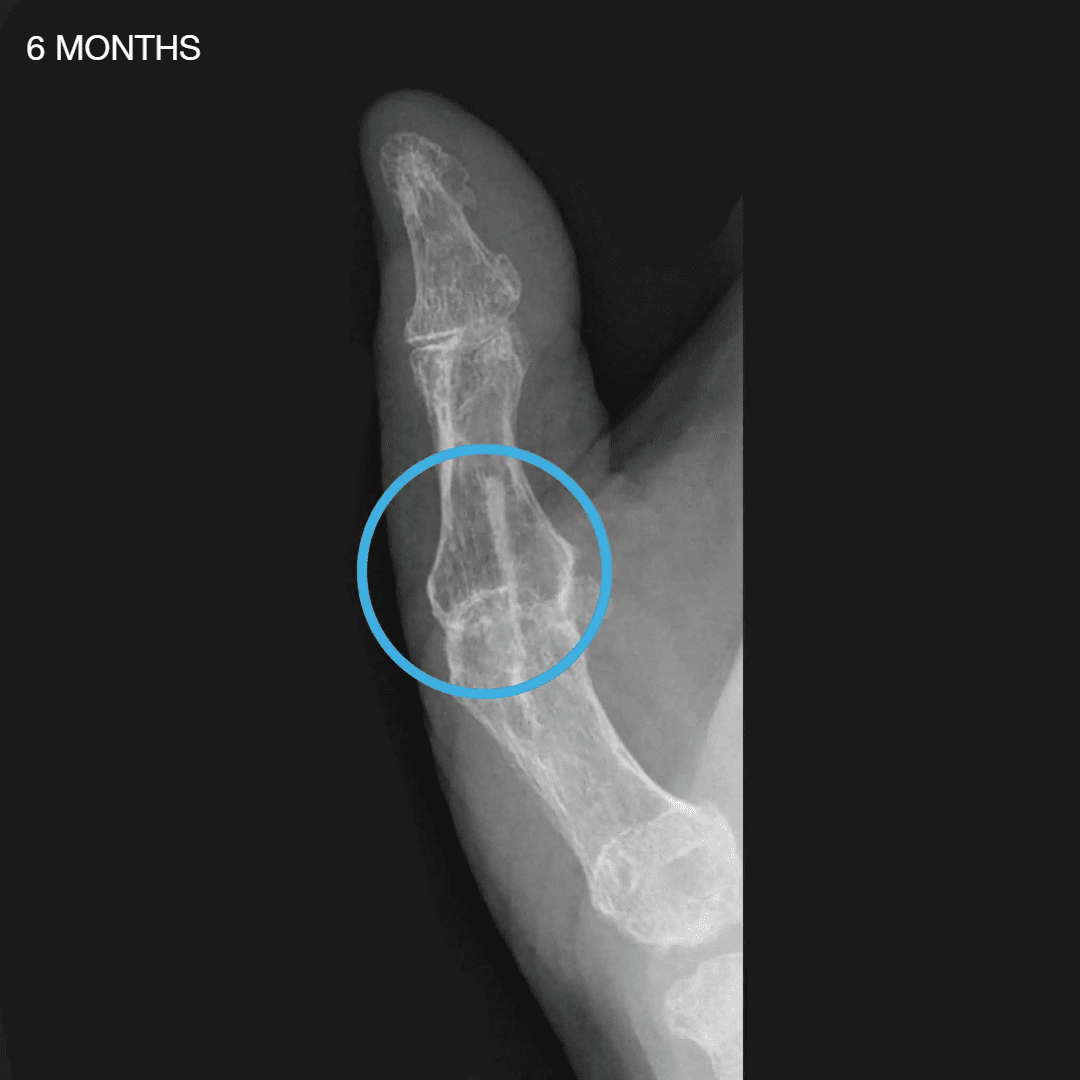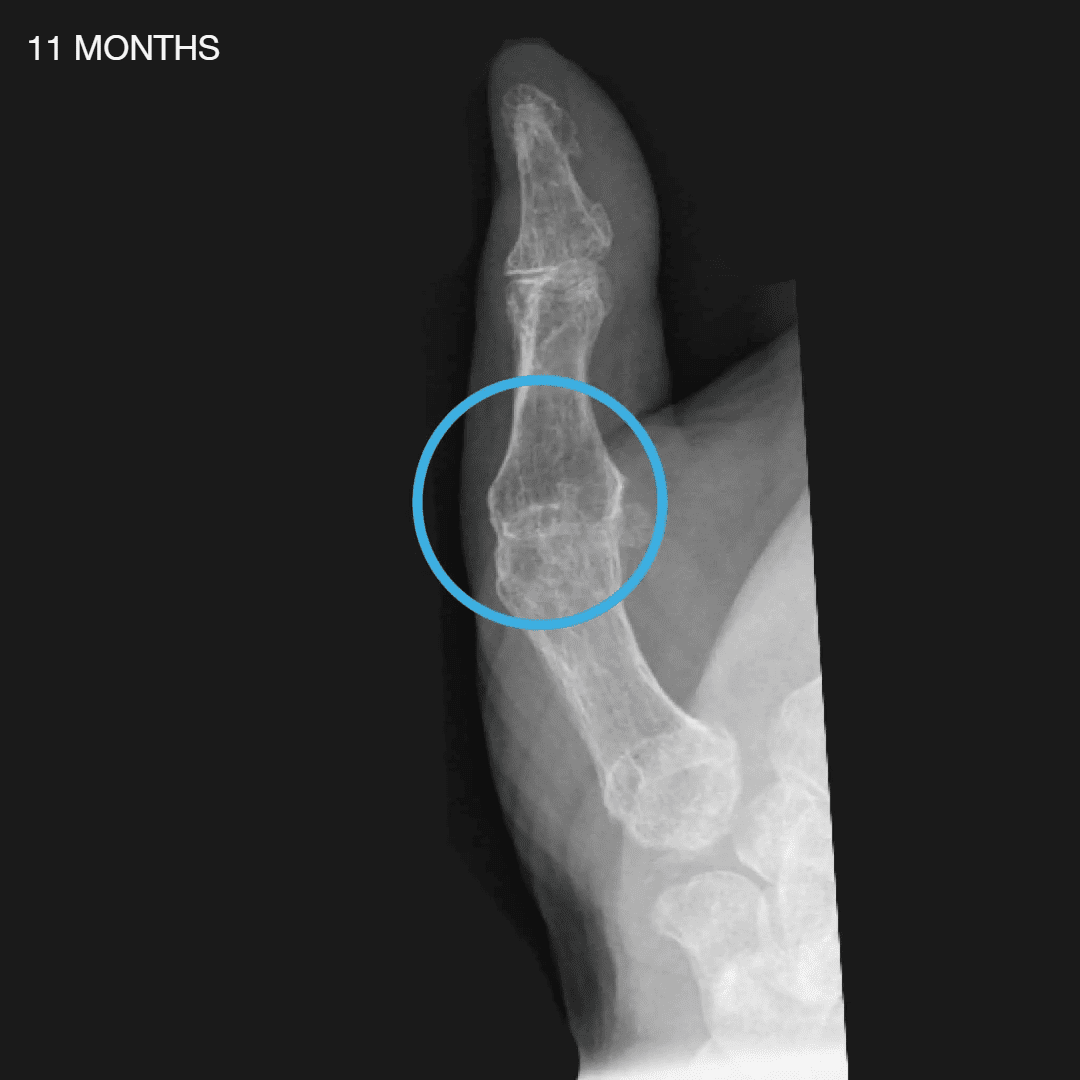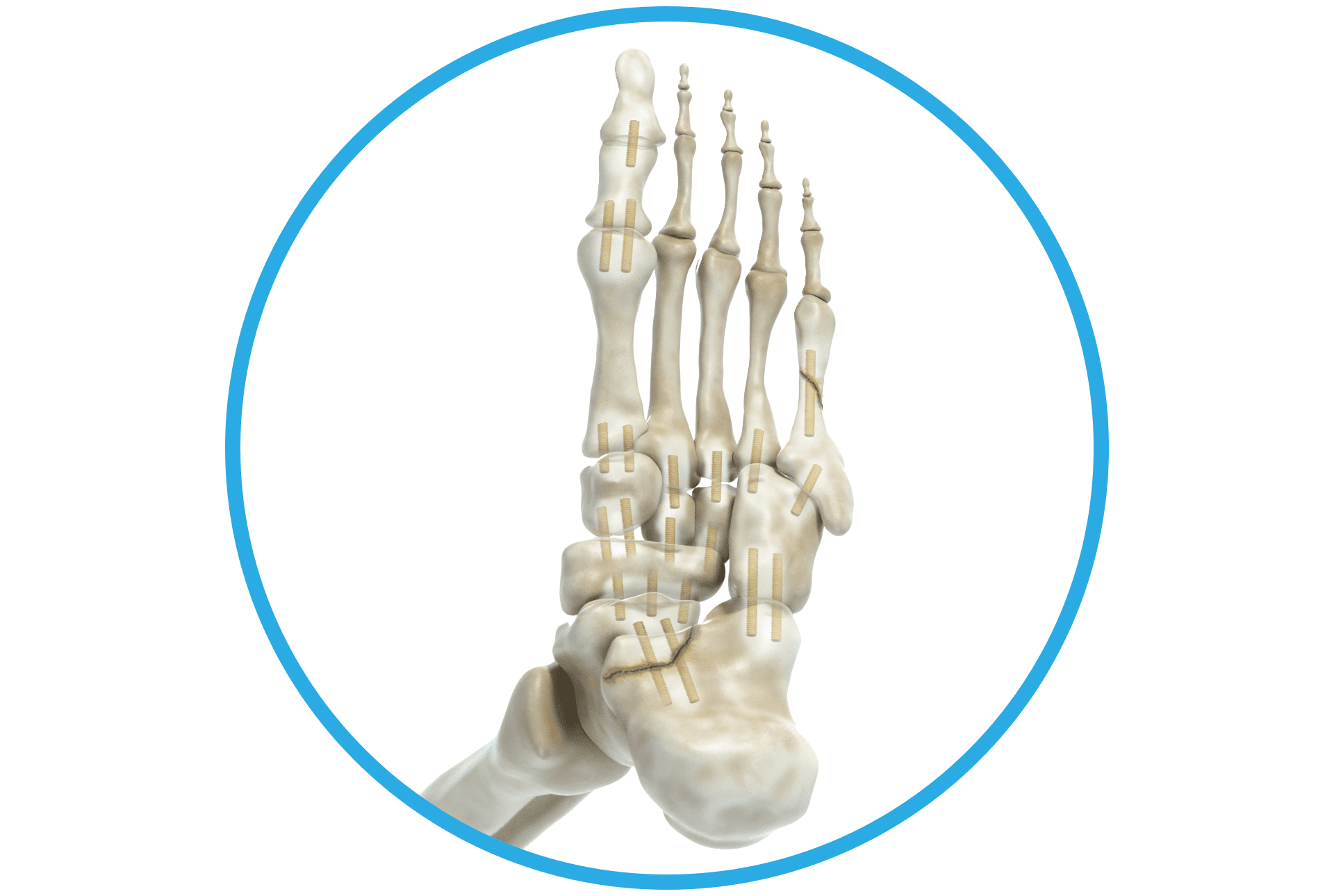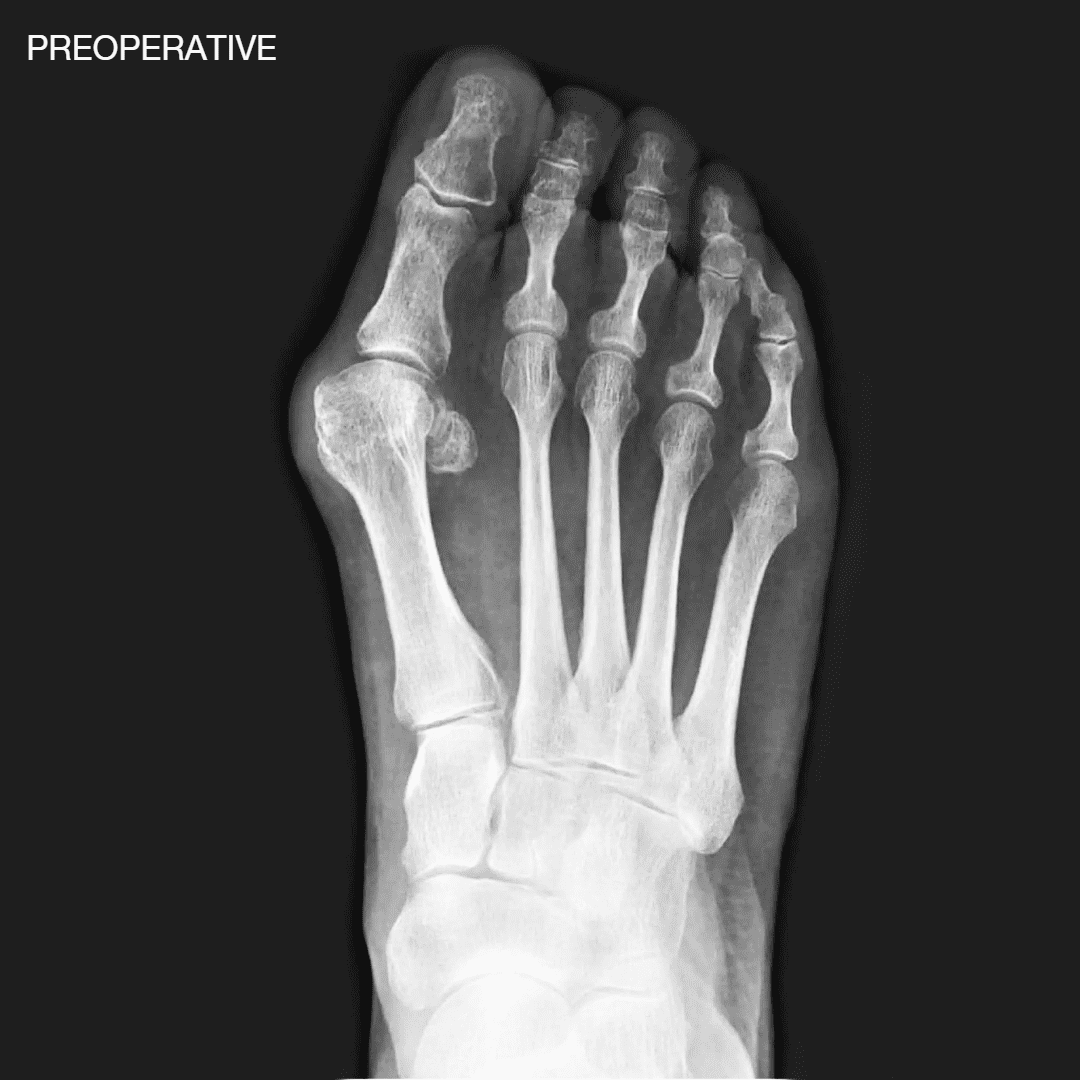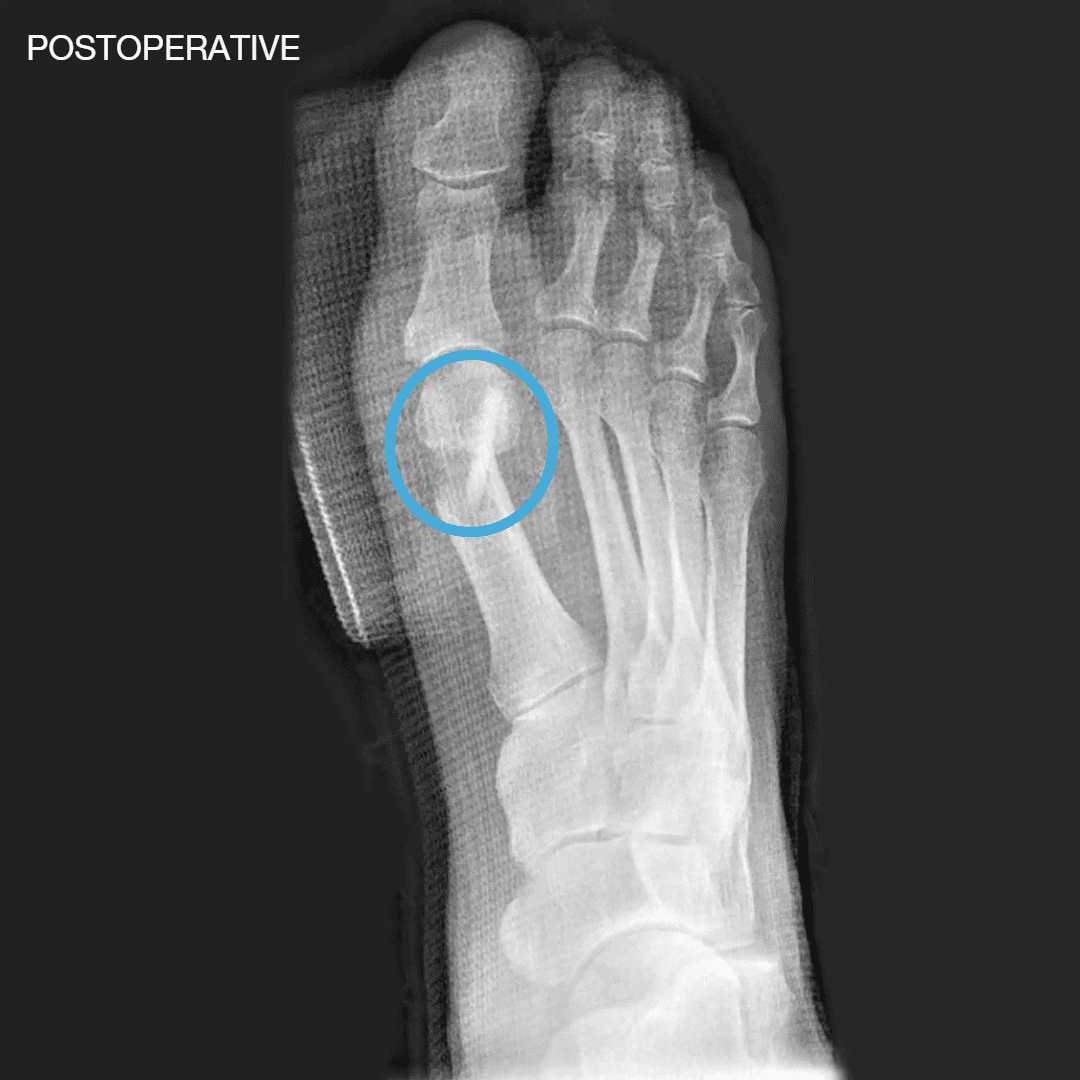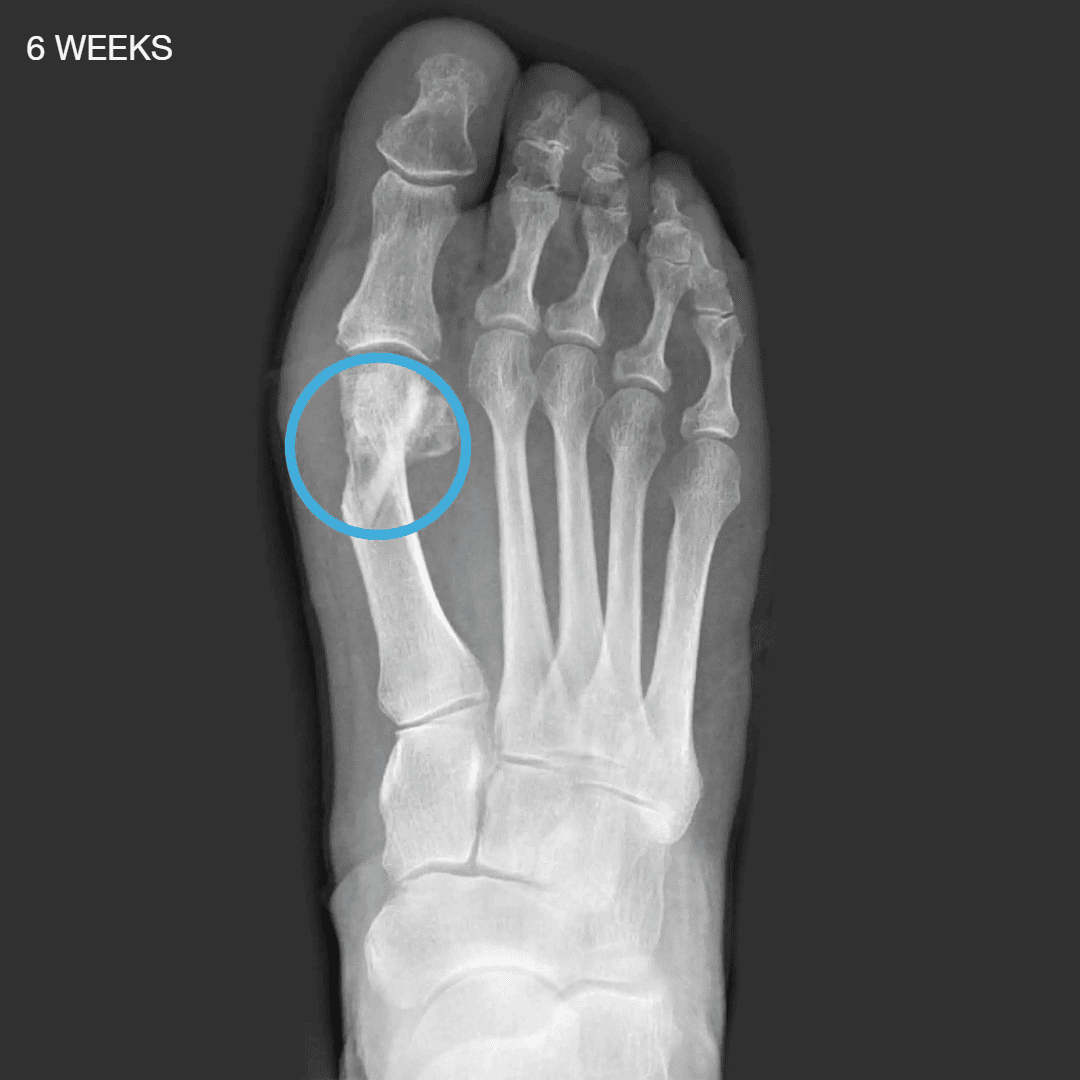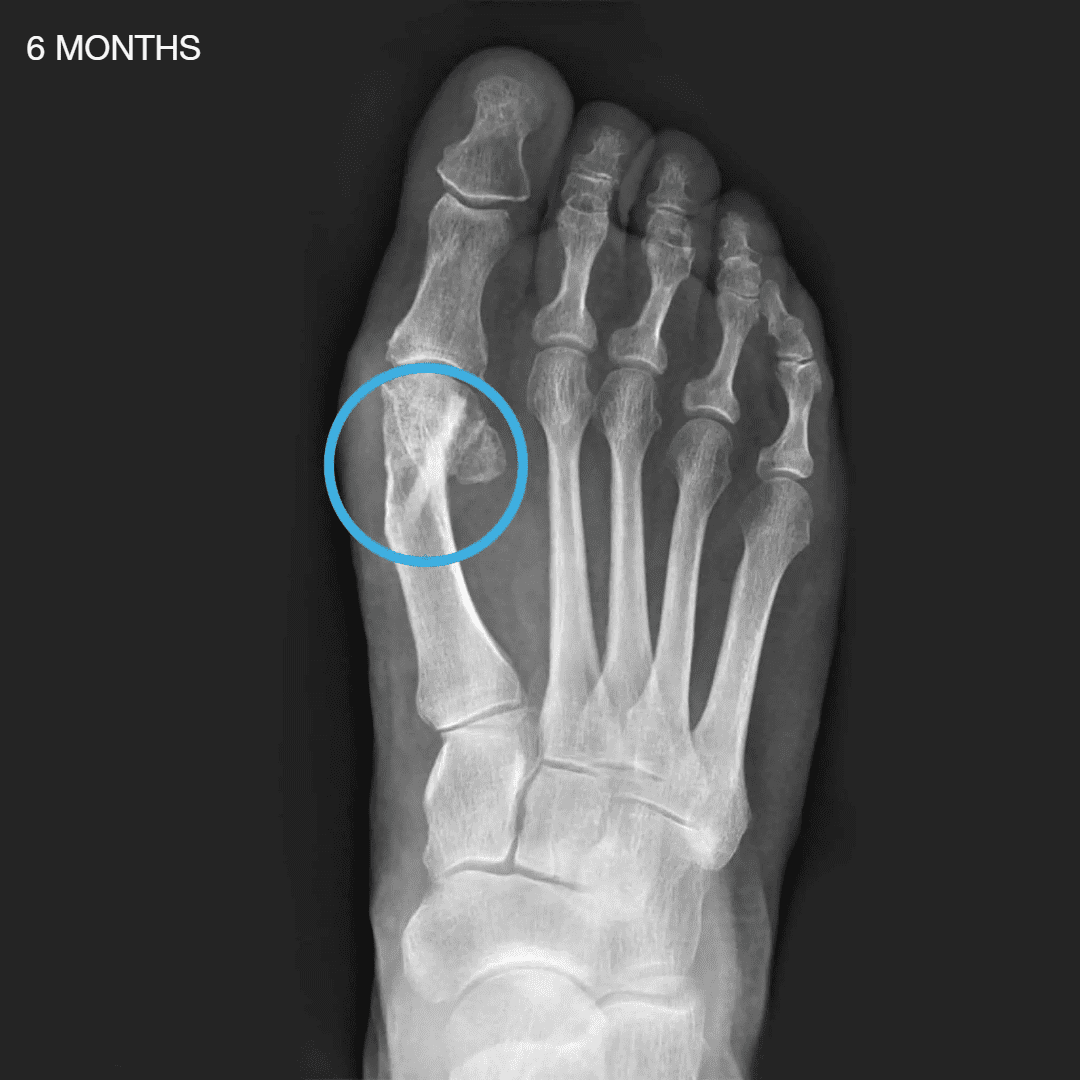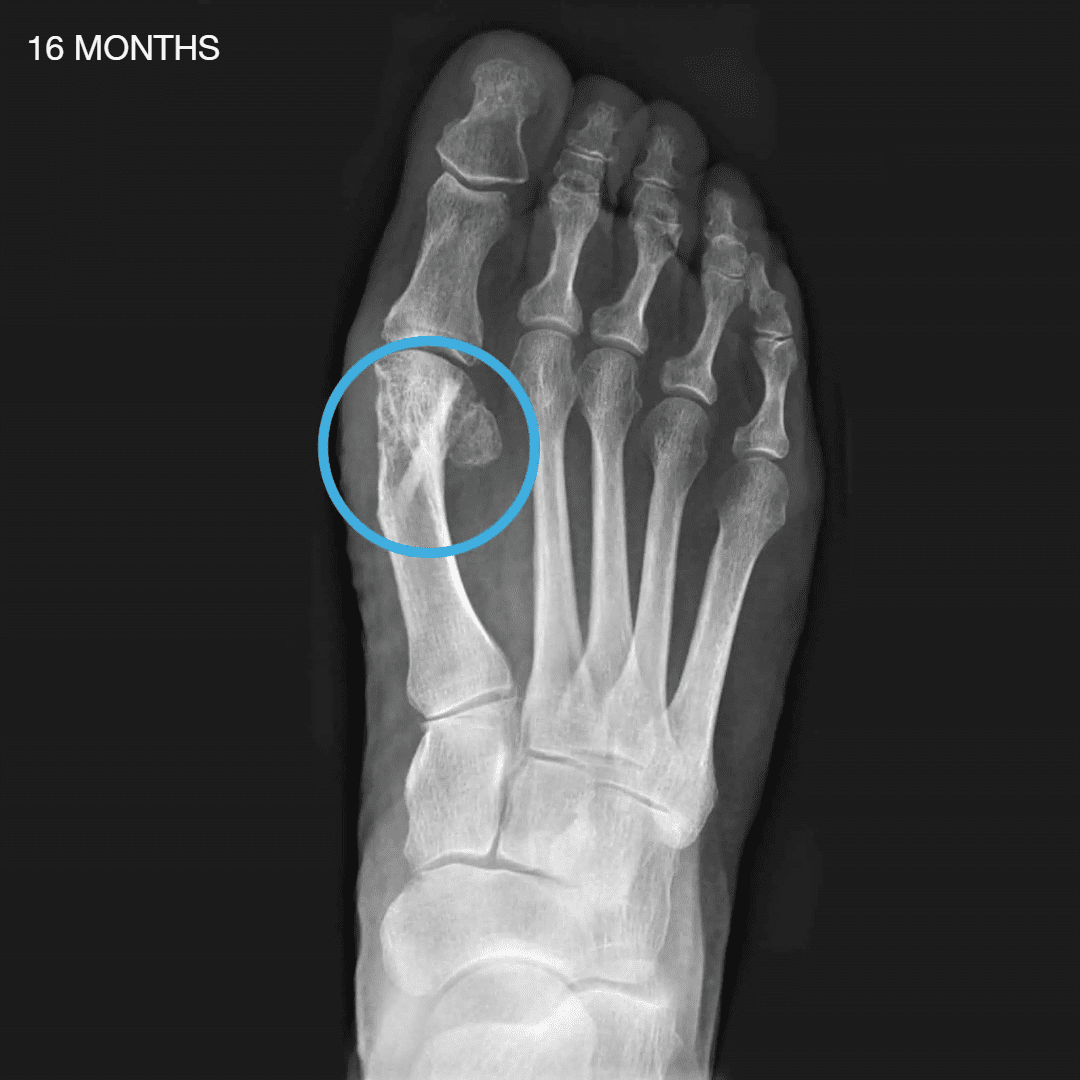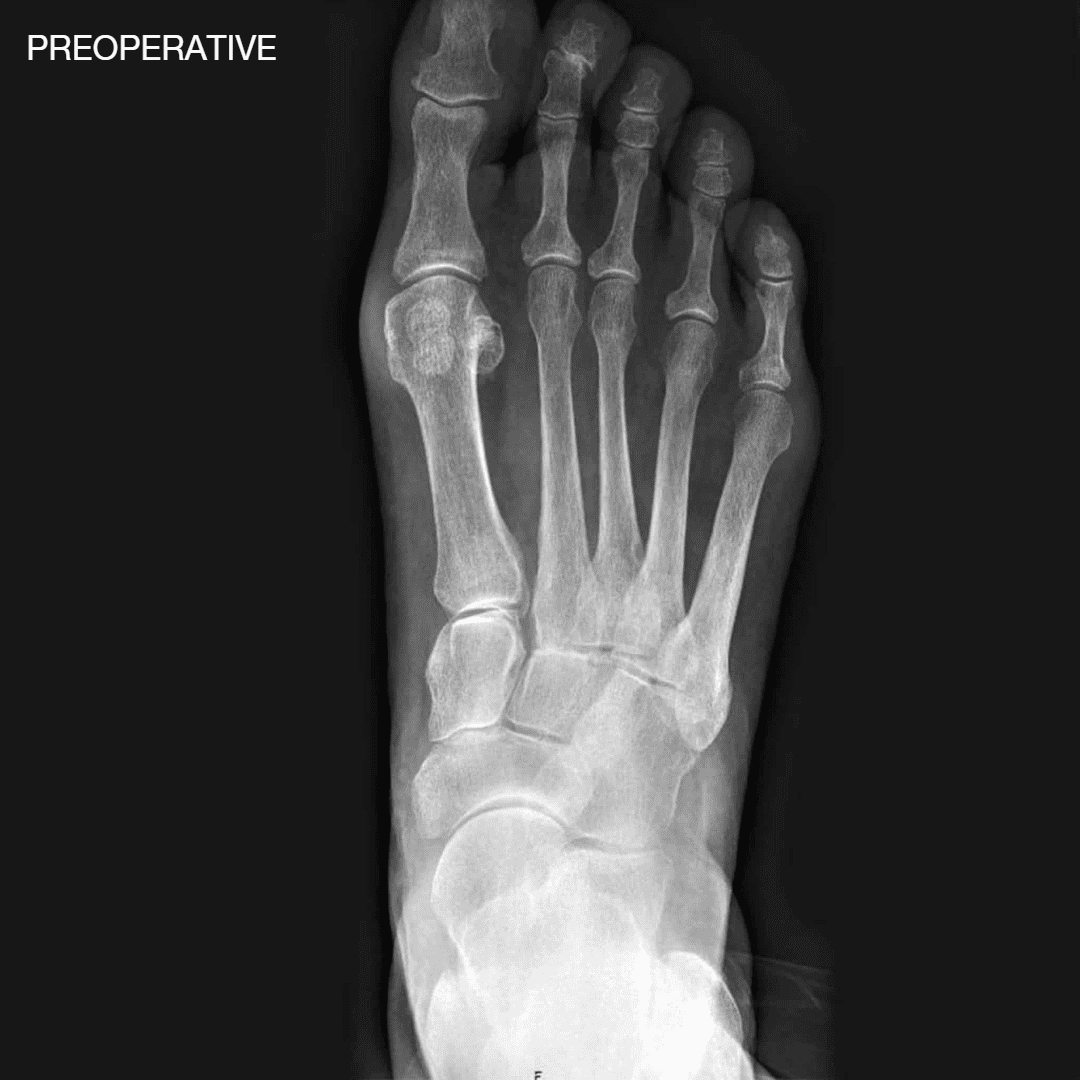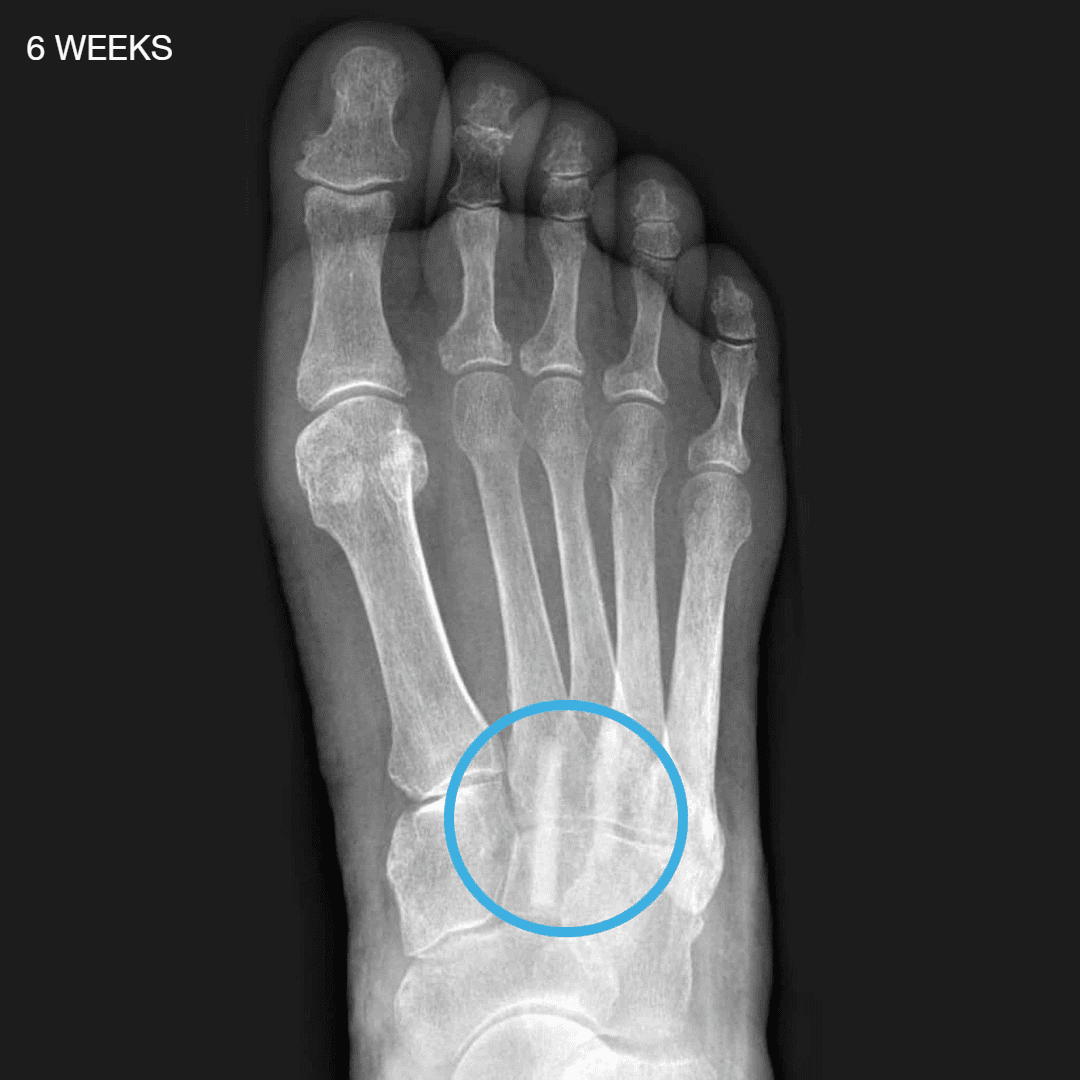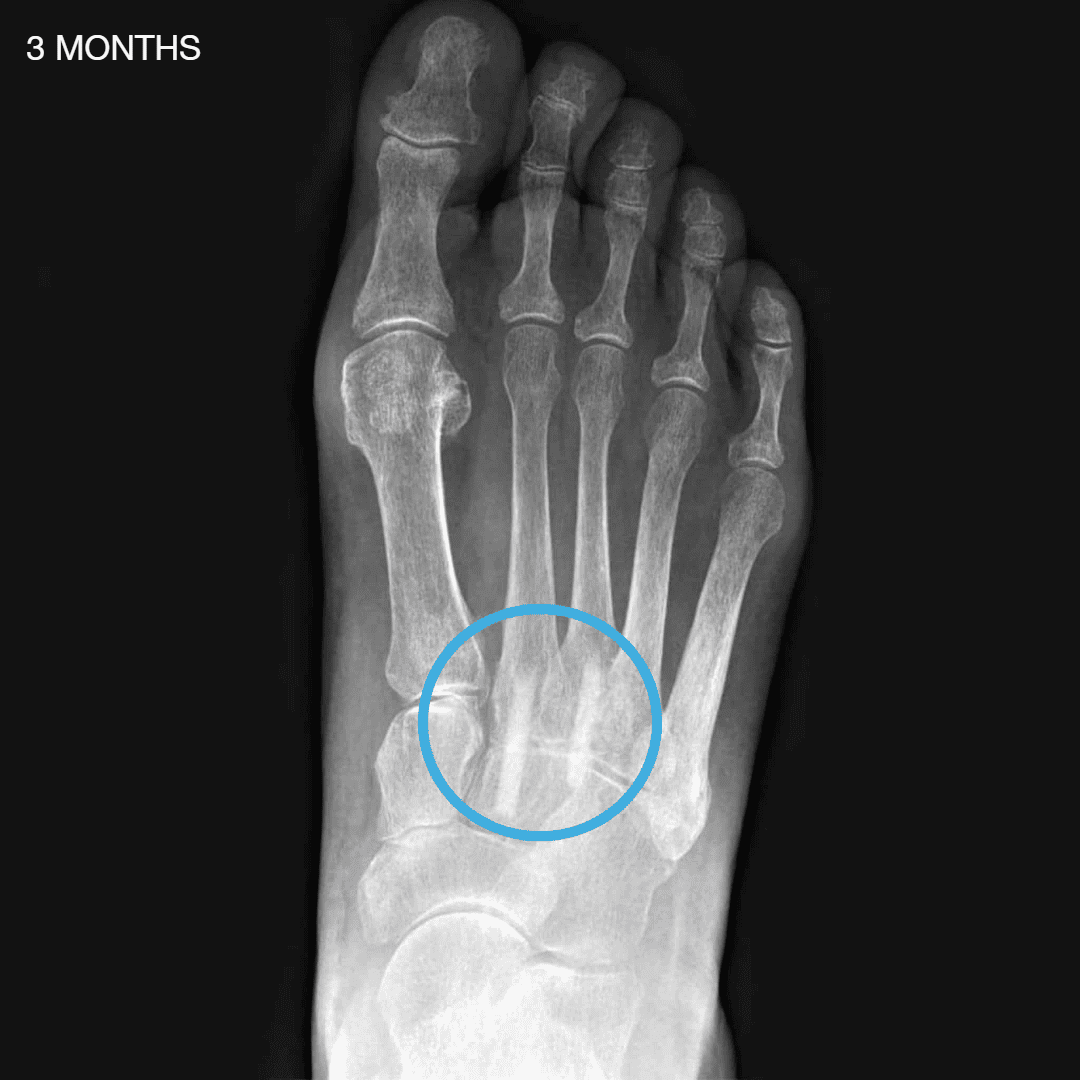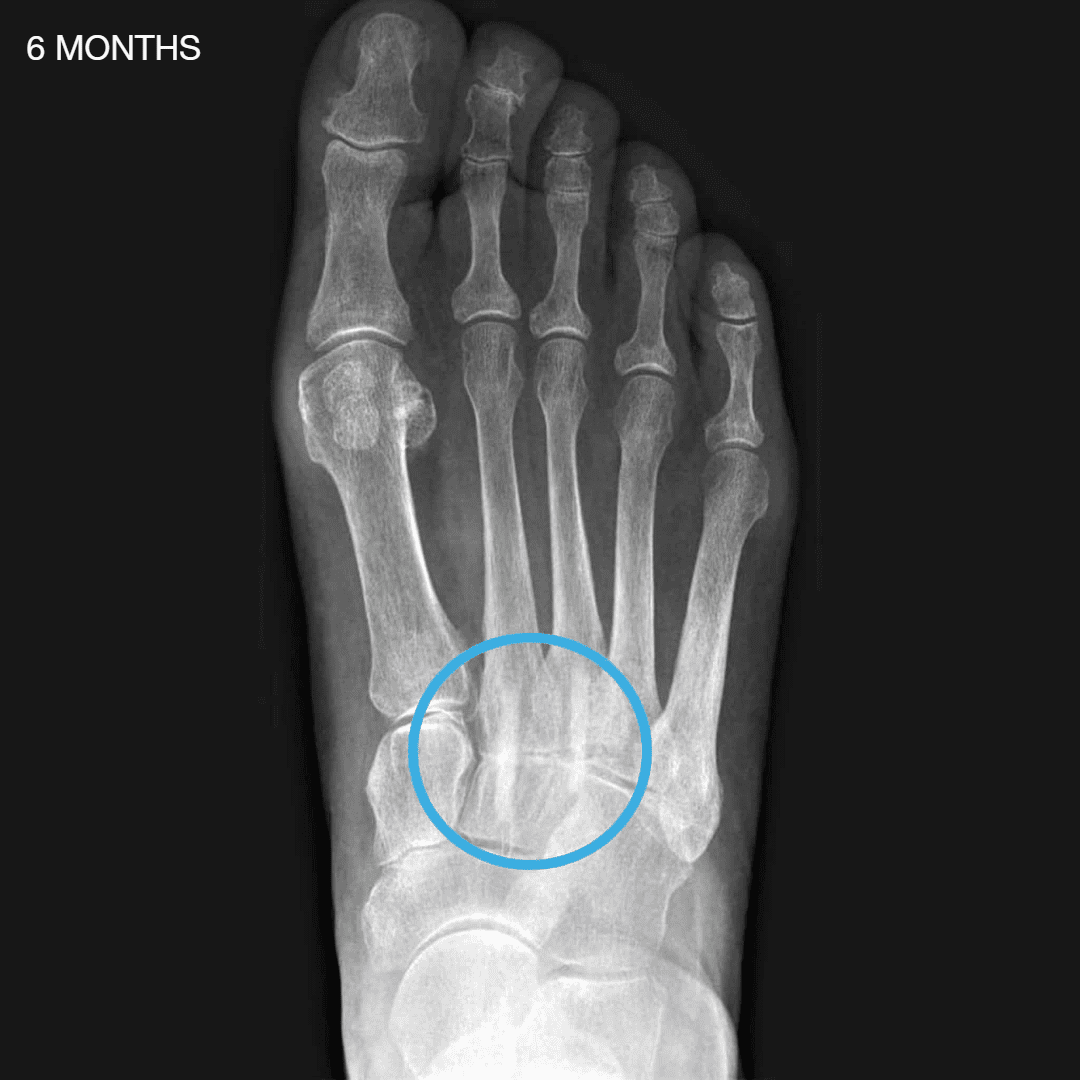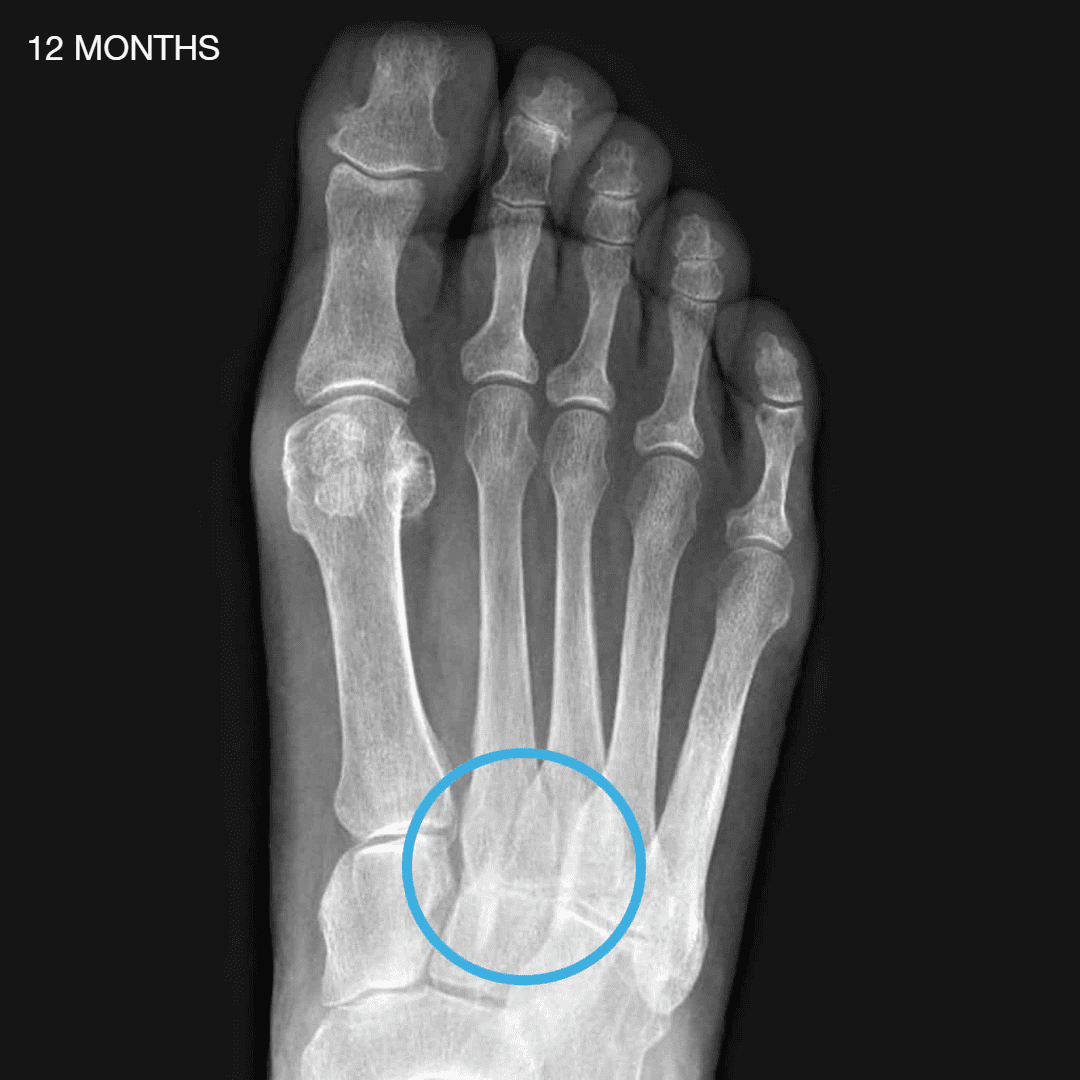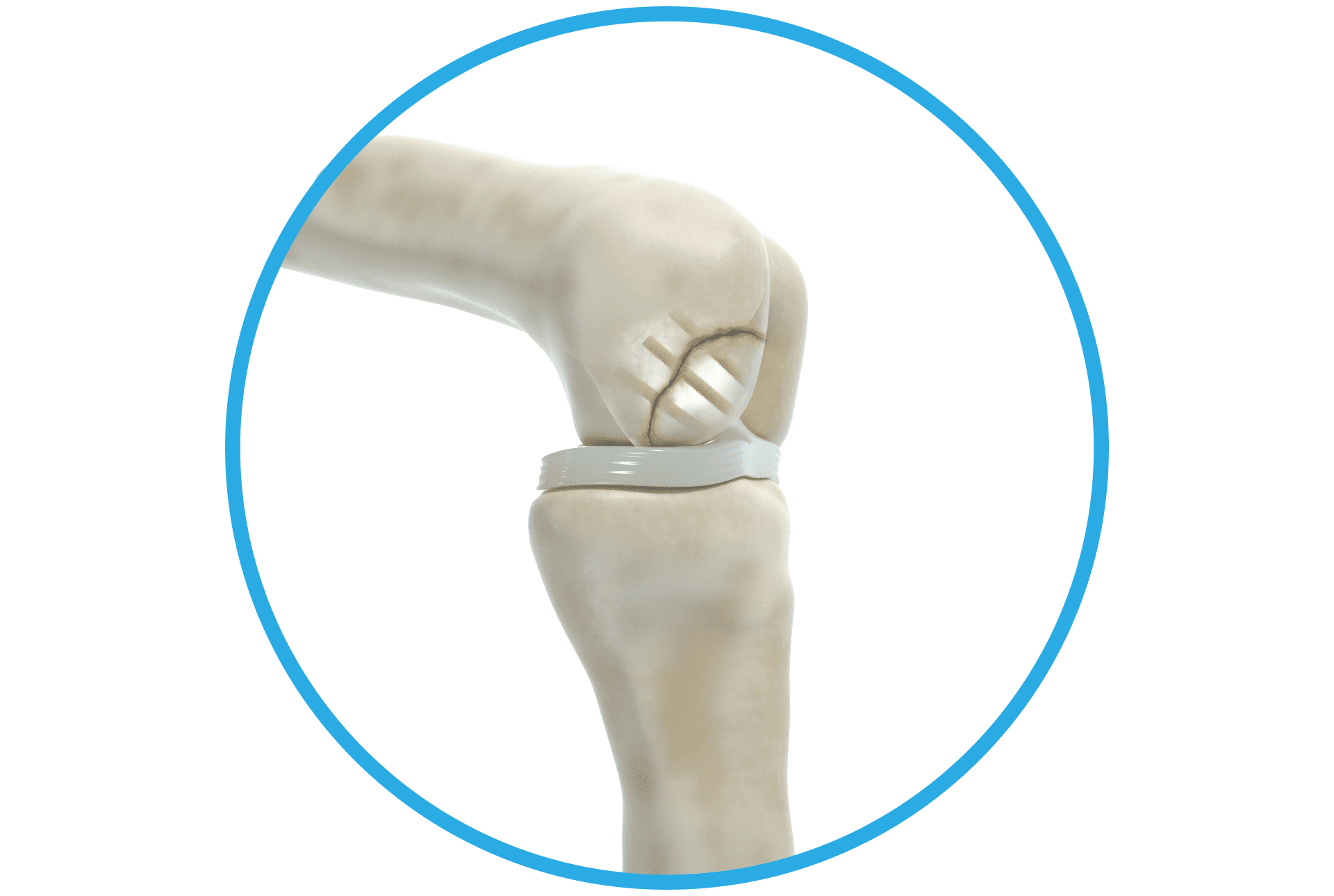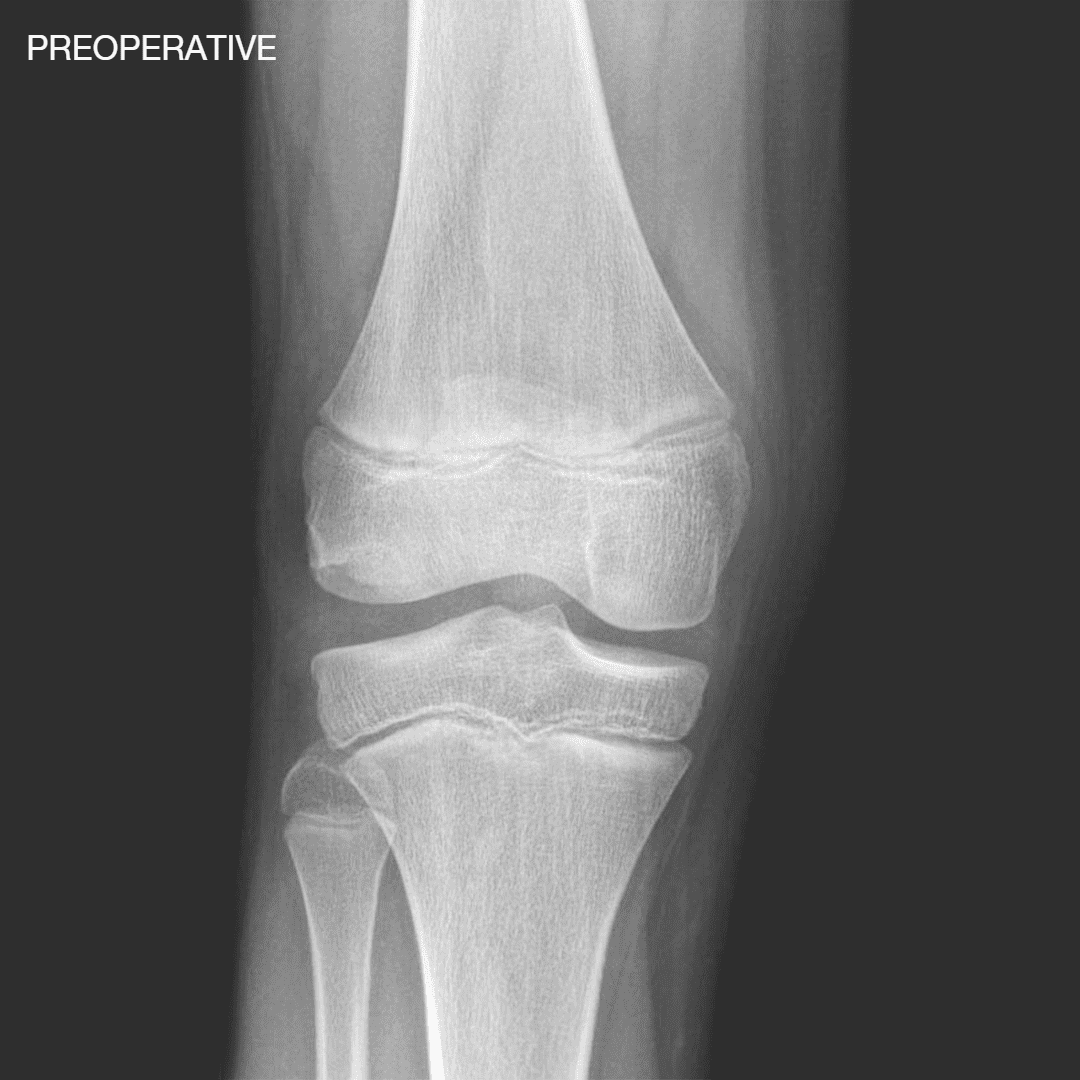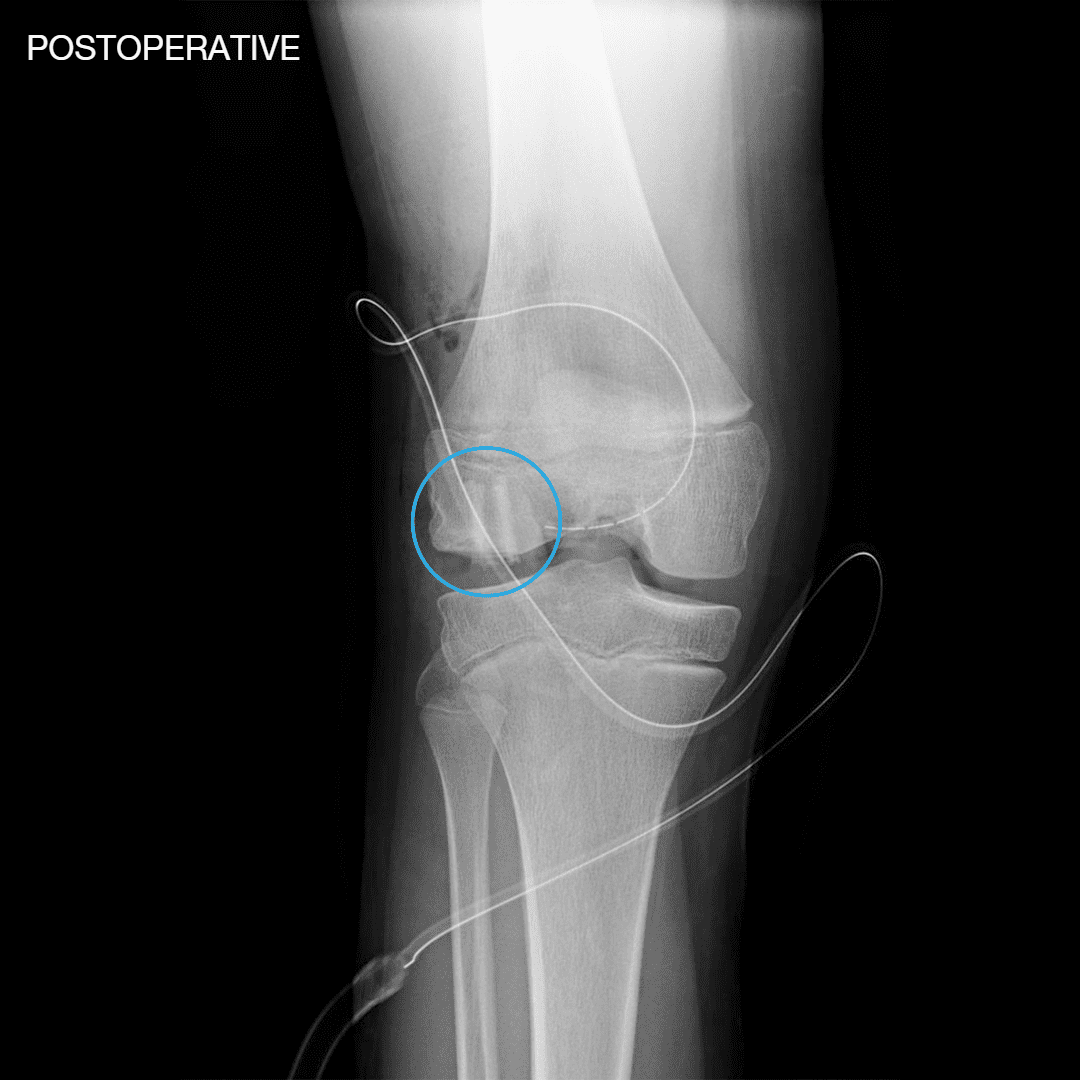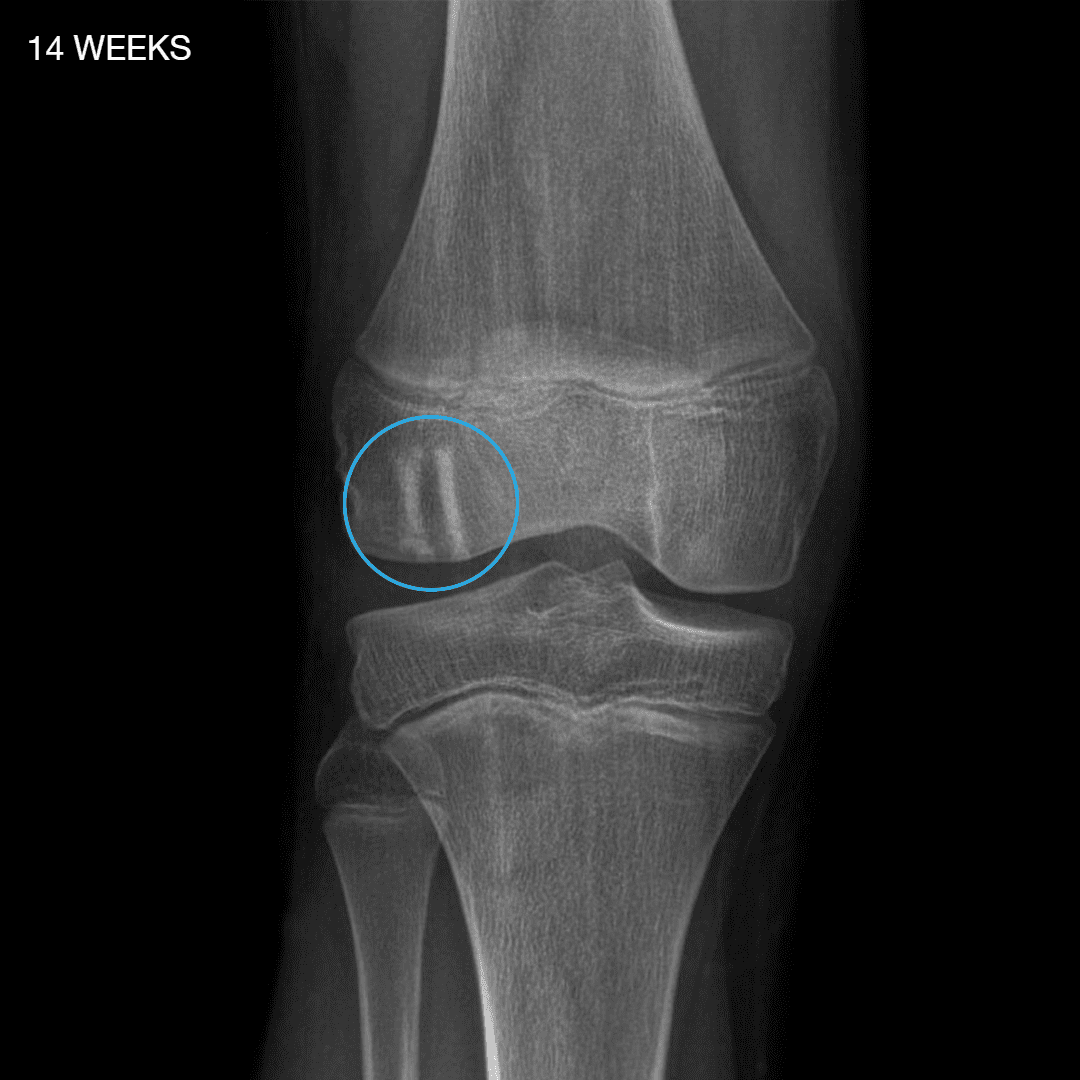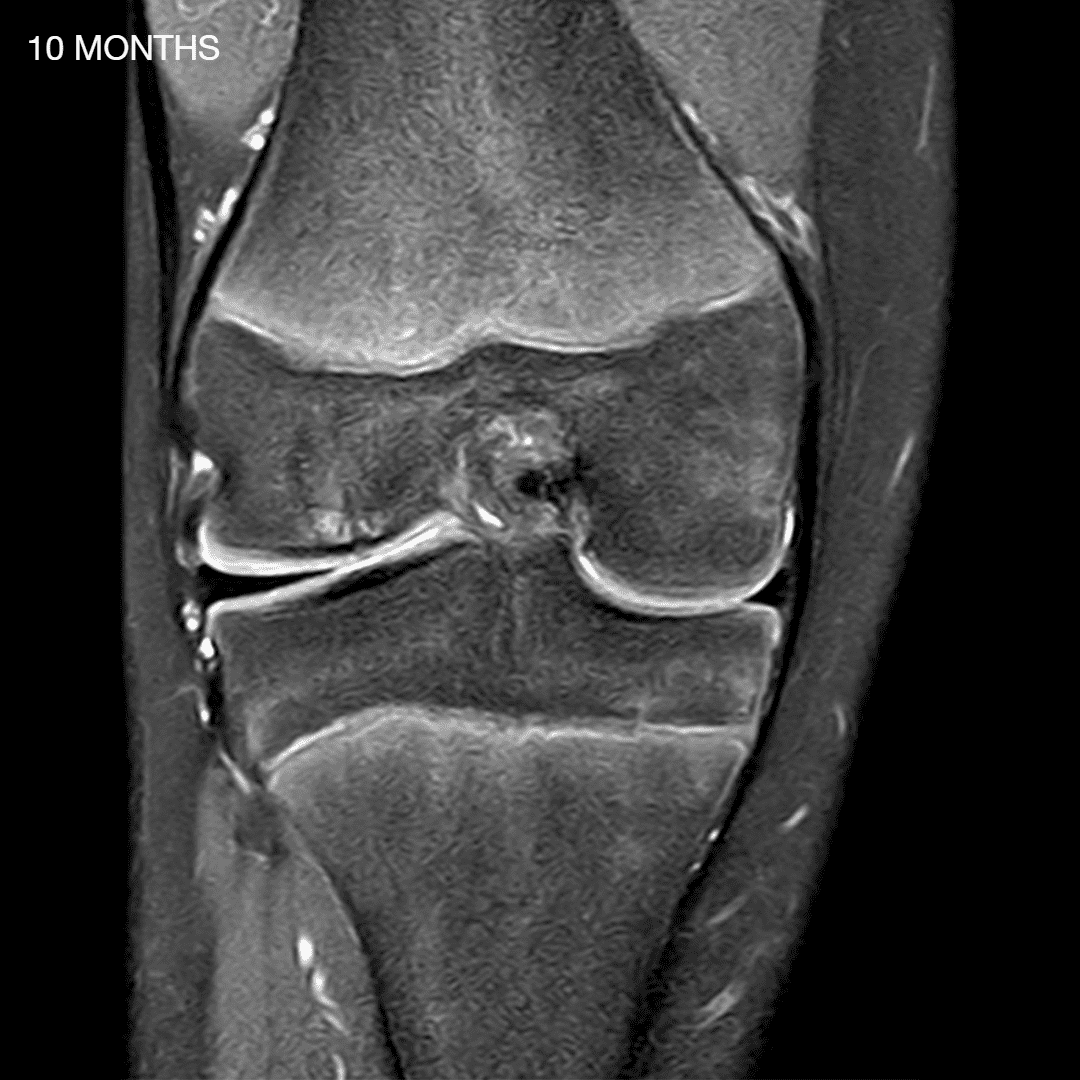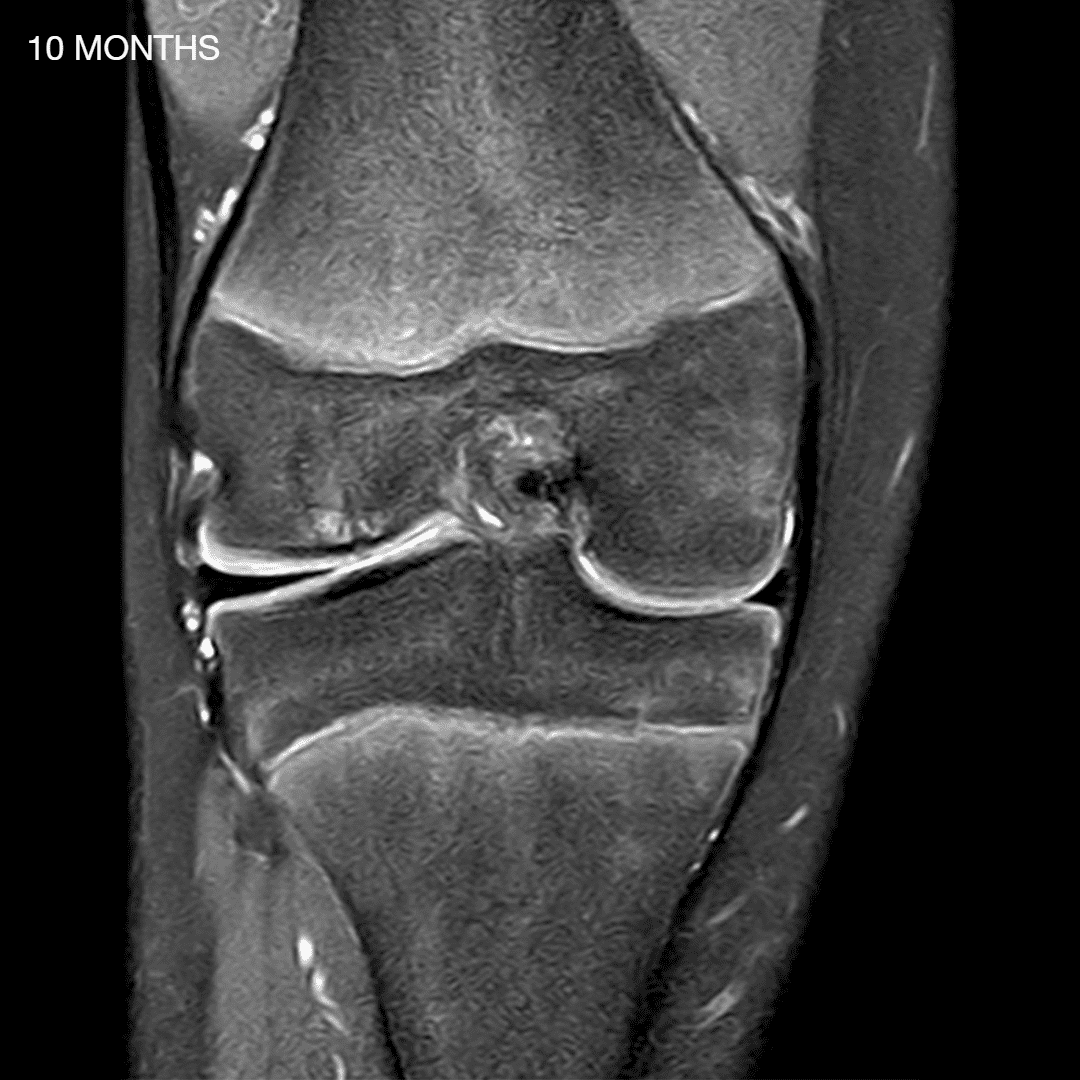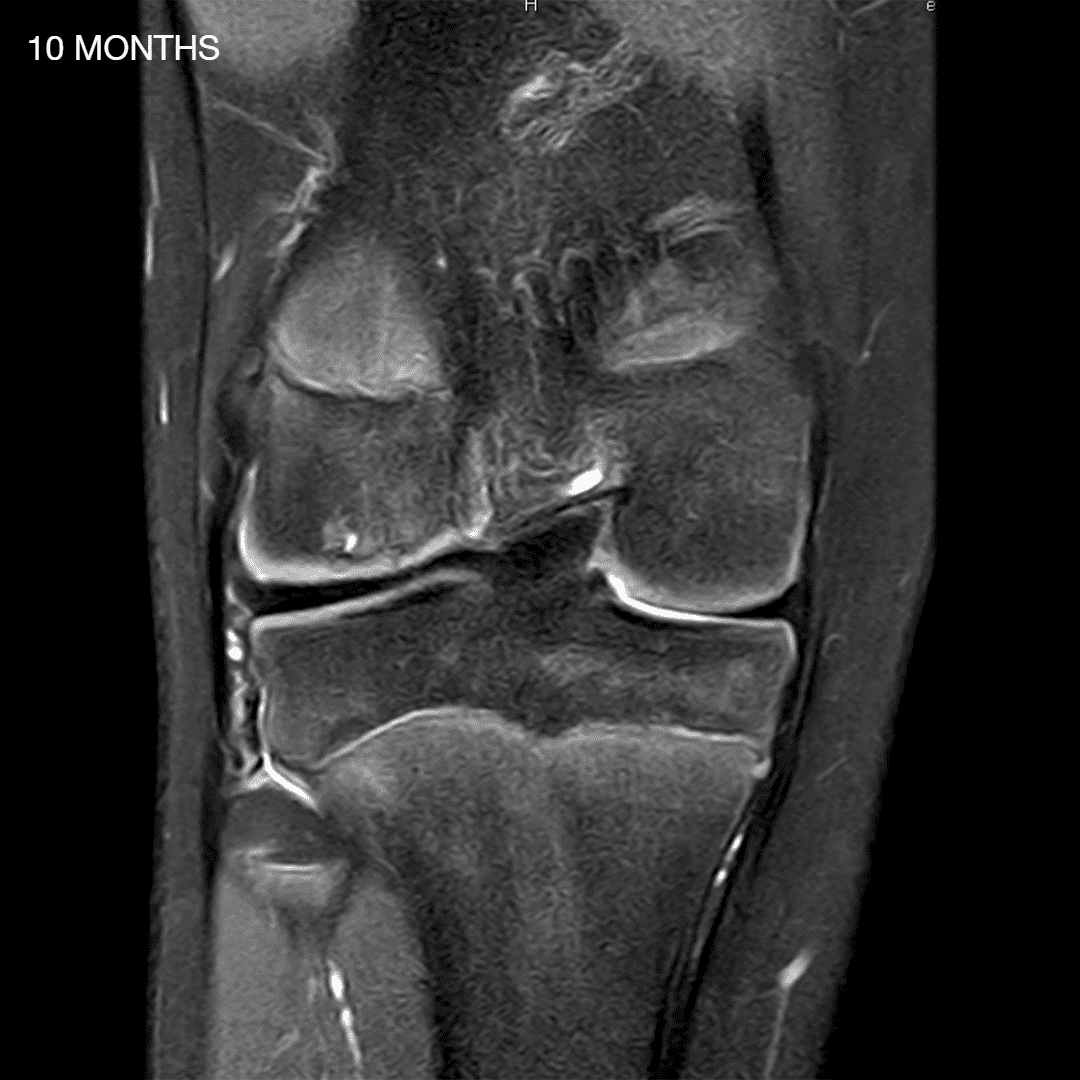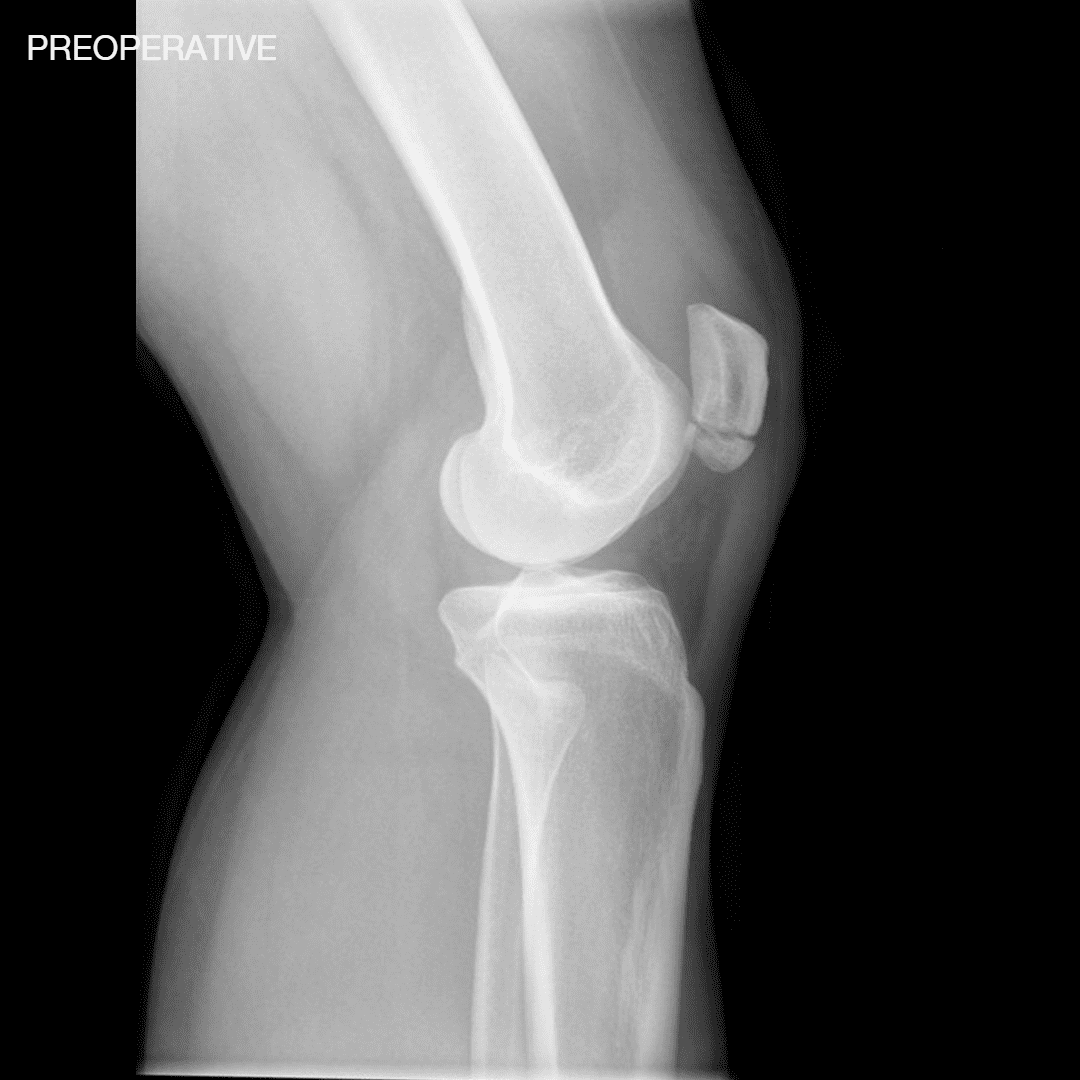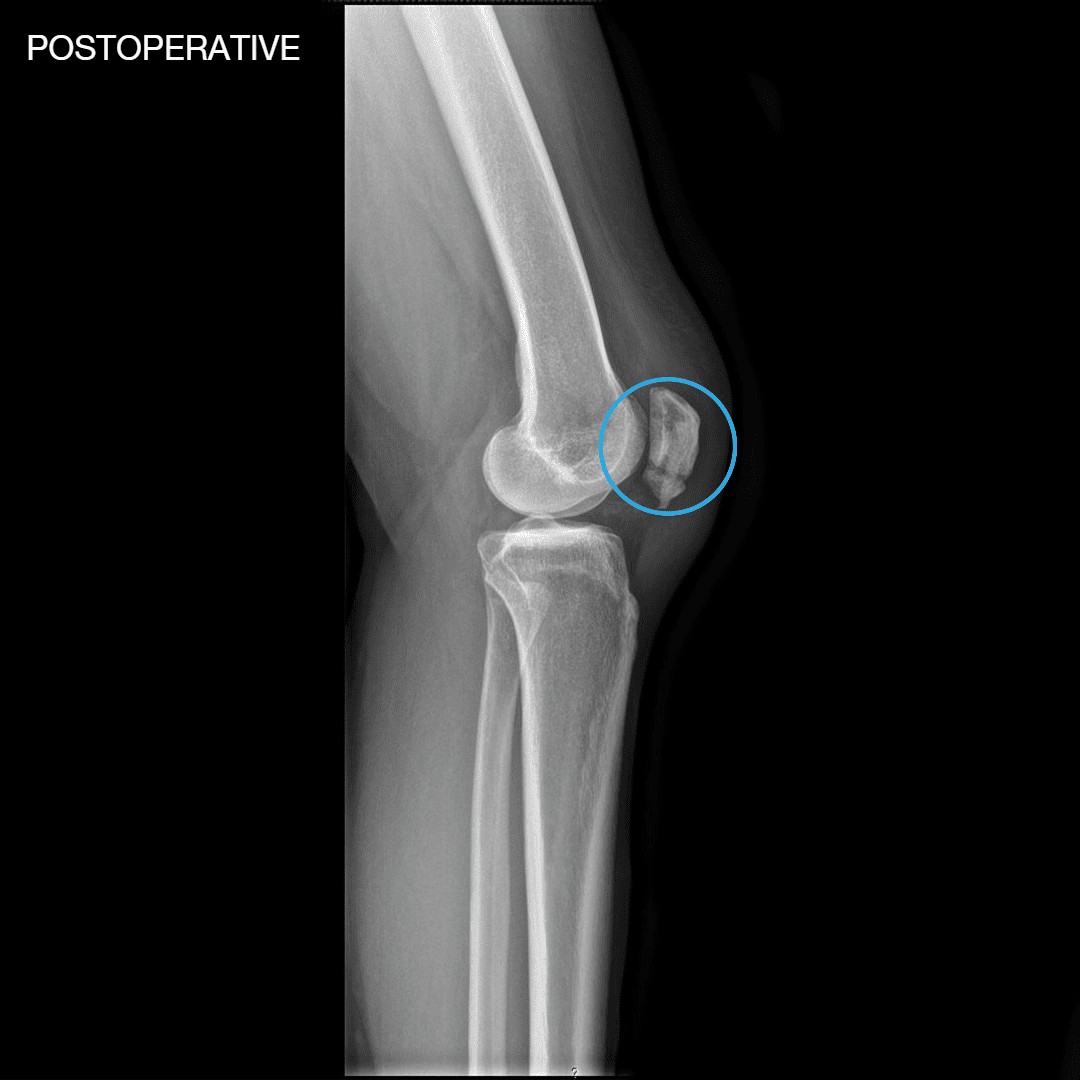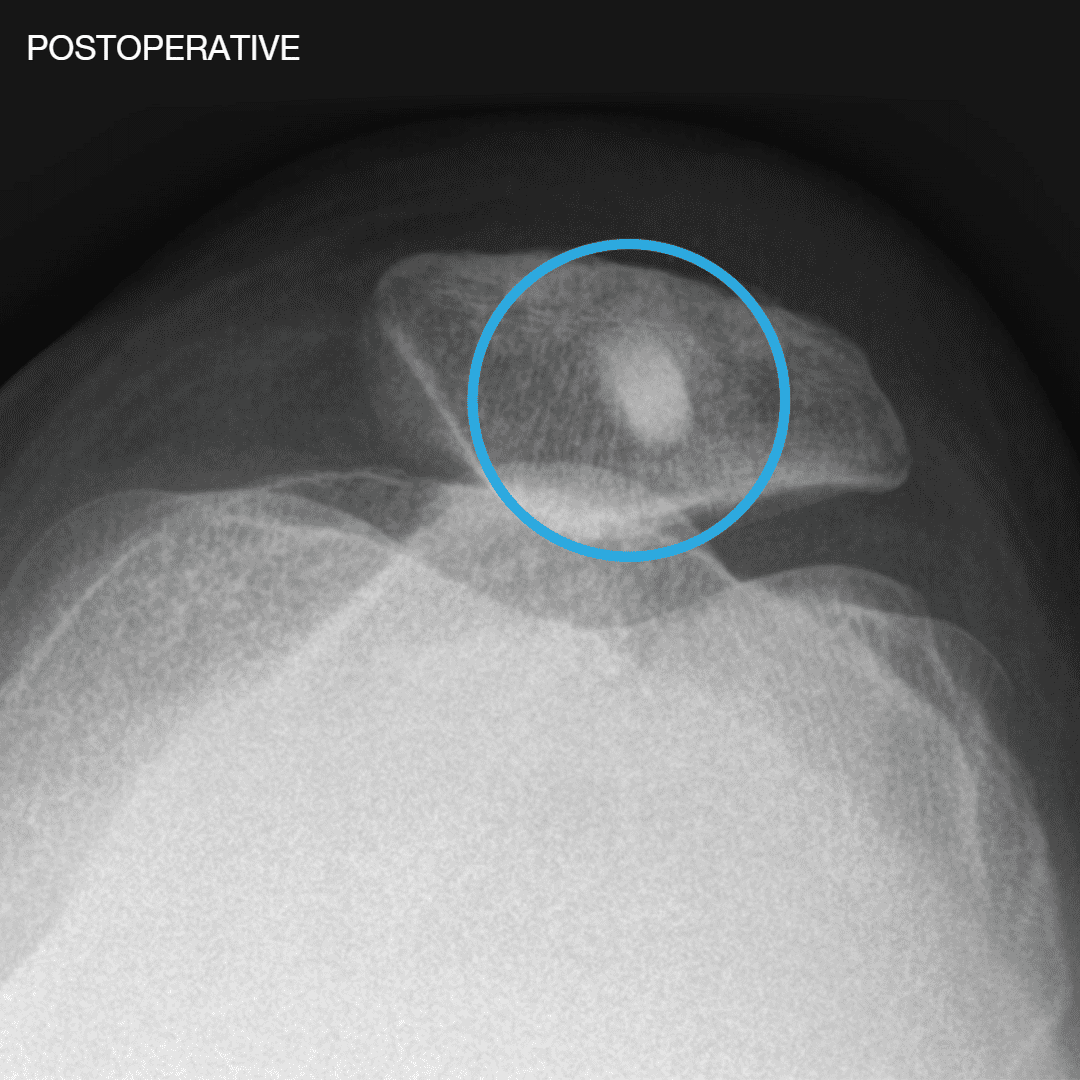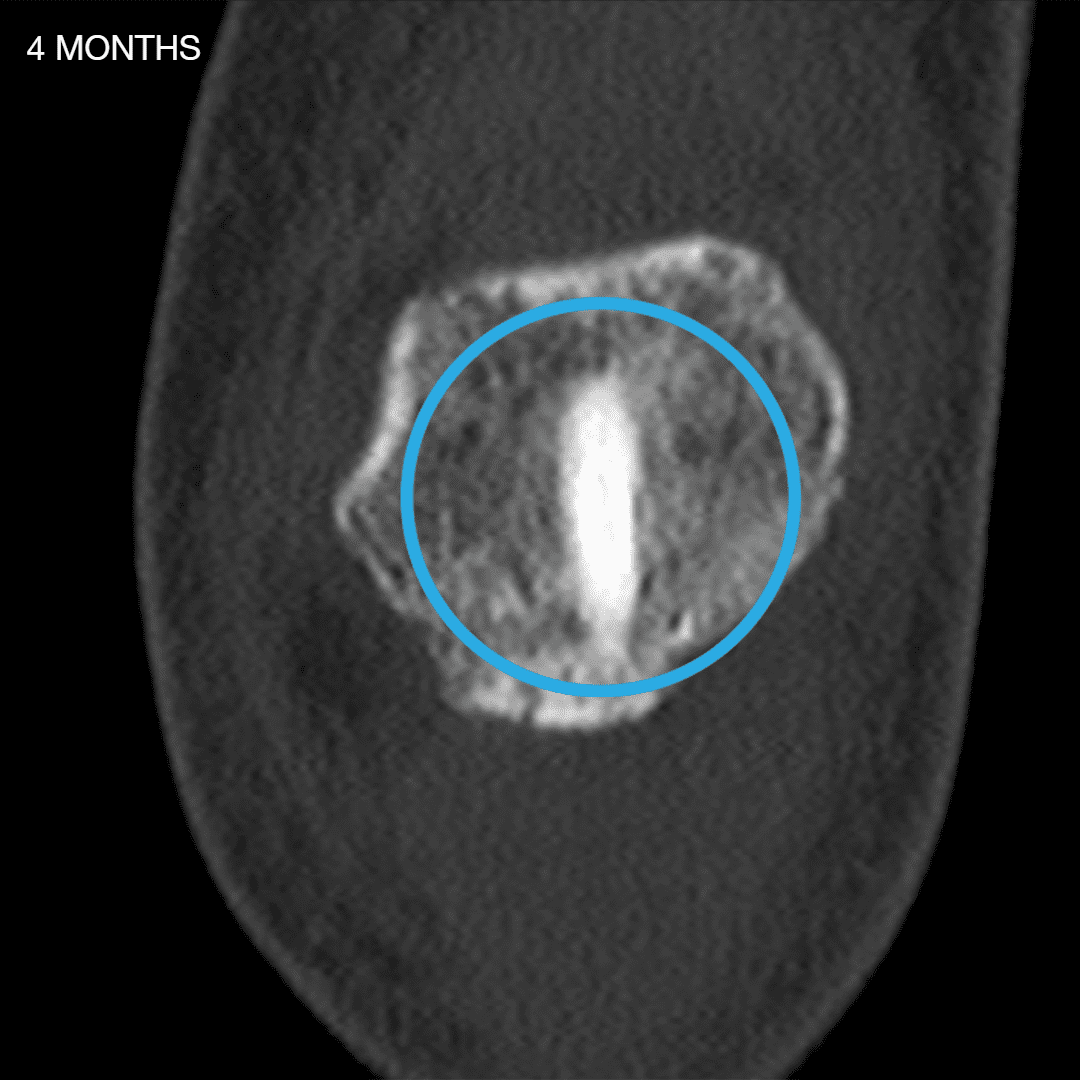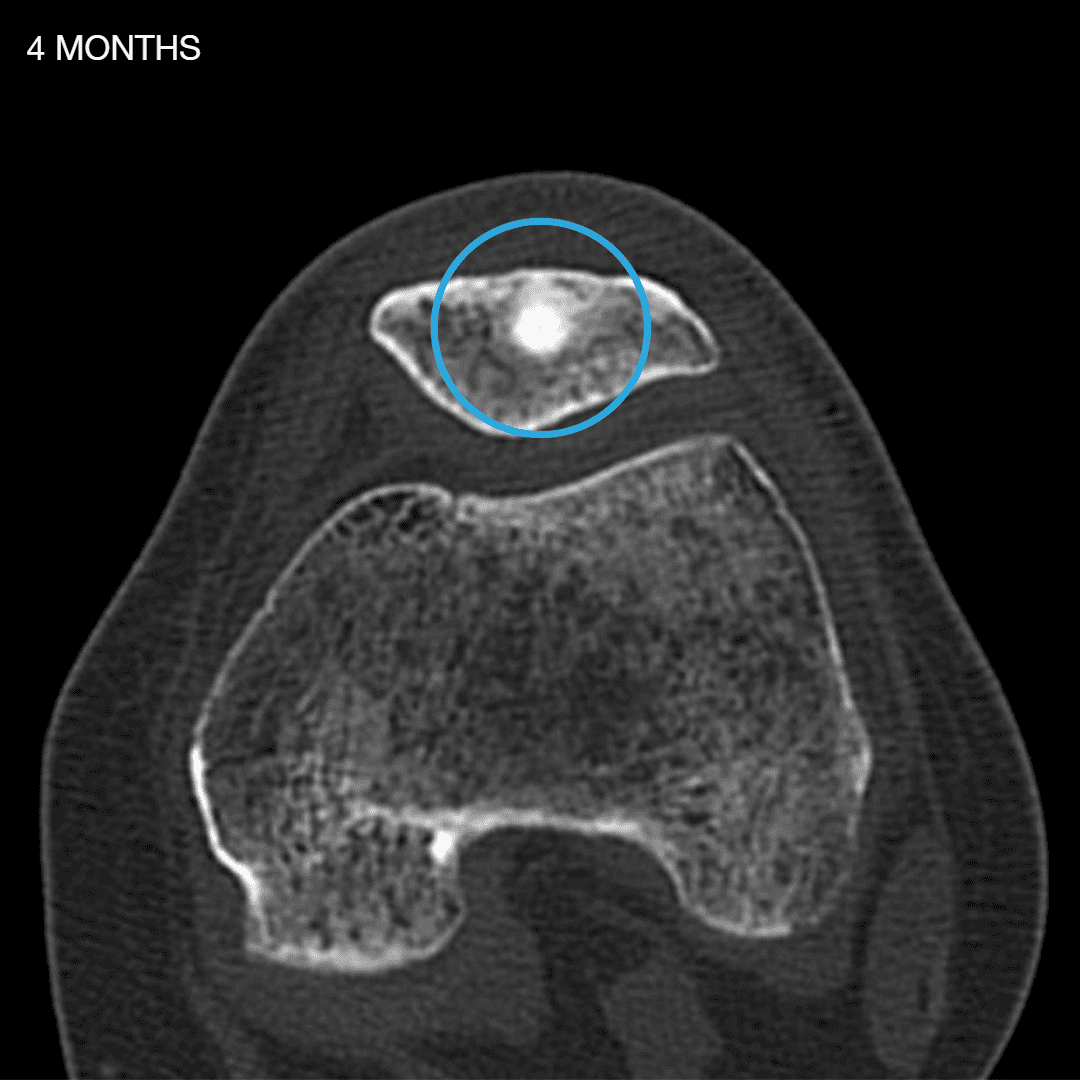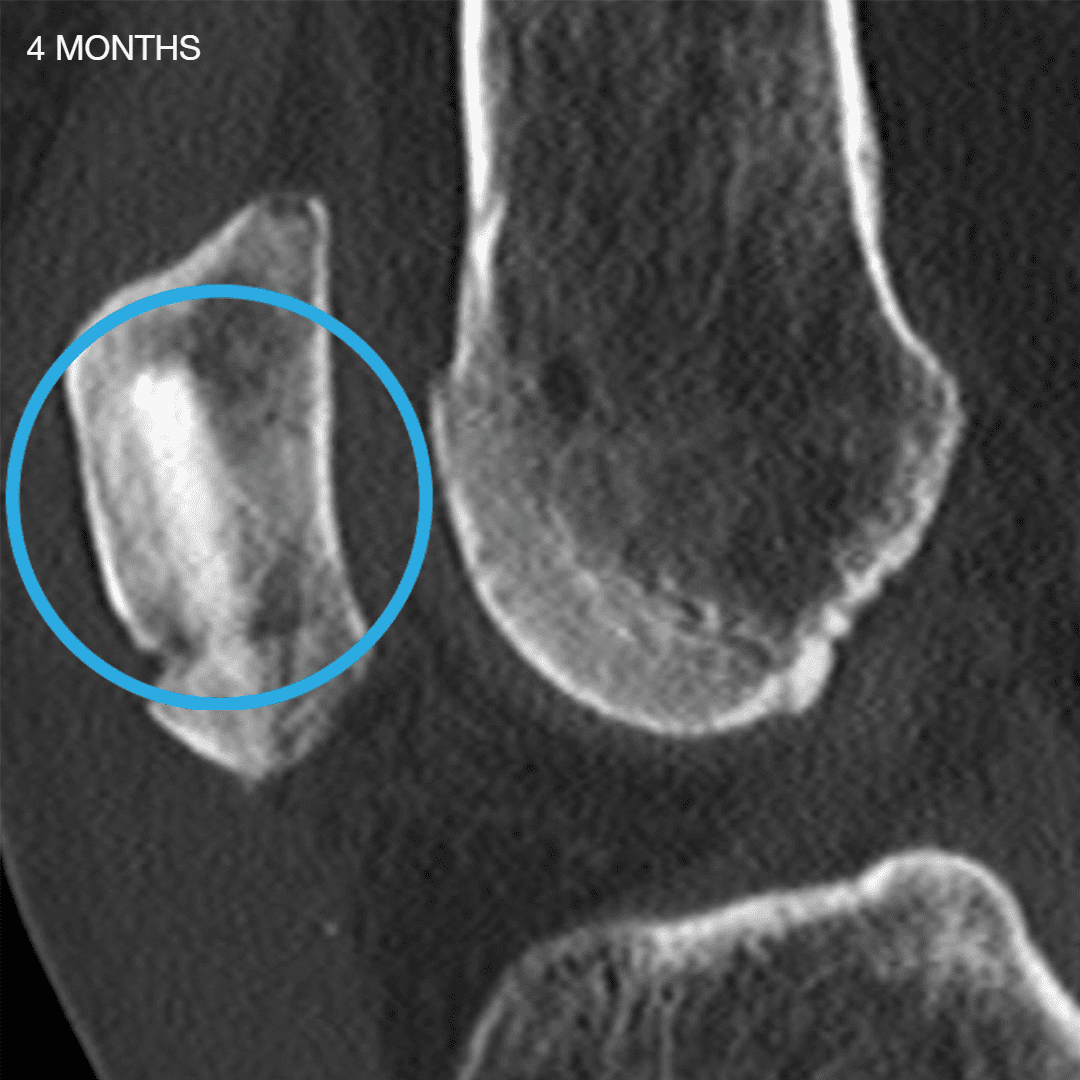It is you who, with the use of Shark Screw®, can spare your patients* the risk of a second metal removal surgery and thus significantly improve their quality of life. You go to work in the operating room every day with sensitivity and precision. Become your patients’ Shark Screw® Hero. Take advantage of Shark Screw® continuing education programs where you can practice and enhance your OR skills.

As a Shark Screw® Hero, you can avoid the risk of possible metal removal in your patients, saving sick leave and valuable resources for society. Write the first chapter of your own Shark Screw® story.
By 2030, more than 5,000 surgeons* will be given the opportunity to train and learn how to work with Shark Screw®. This is expected to cure more than 500,000 patients and spare them the risk of a second operation. Become a Shark Screw® Hero and become the backbone of osteosynthesis today and tomorrow.
Shark Screw® Heros regularly collect thousands of new experiences and new data on the Shark Screw® in various fields of knowledge and application. Find out about the published findings in scientific studies or clinical case reports, so that you and your patients can benefit from them. You can regularly find everything you need to know on the surgebright Instagram channel, among other places.
As a Shark Screw® Hero, you take advantage of the natural benefits of intact Havers channels and co-spaces in the Shark Screw®. In this way, you set a solid bone bridge with finest channels and co-spaces over which and into which cells can migrate. This allows primary bone healing between Shark Screw® and recipient bone as well as remodeling of the allogeneic bone screw.1 You and your patients will benefit from these properties preferably in arthrodesis, fractures, pseudarthroses and conversions. An excerpt from relevant studies on the Shark Screw® can be found here.
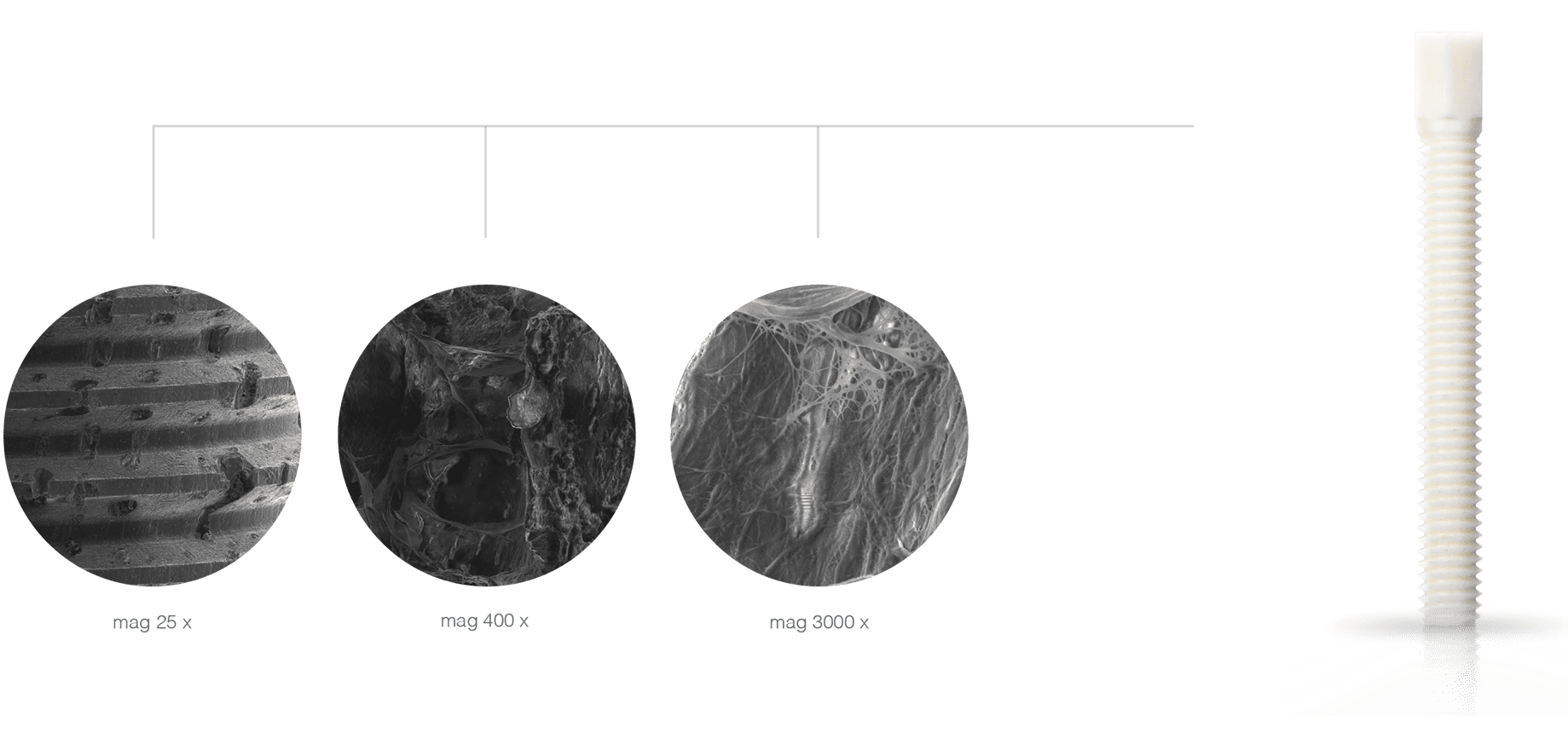
The electron microscope images show the natural structure of the Shark Screw®. Haversian canals allow the recipient bone to connect to the graft after insertion. (TU Graz FELMI Prof. DI. Dr. Plank)
The world of Shark Screw® is growing day by day. In order to offer your patients a care option without the risk of a second surgery, we support you where we can. Until then, you can find out the latest news on the social media channels of your choice.
1 I. Brcic, K. Pastl, H. Plank, J. Igrec, J. E. Schanda, E. Pastl, M. Werner. Incorporation of an Allogenic Cortical Bone Graft Following Arthrodesis of the First Metatarsophalangeal Joint in a Patient with Hallux Rigidus Life (2021)
2 Evelyn Walter, Karin Schalle & Marco Voit. (2016). Cost-Effectiveness of a bone transplant fixation “SHARK SCREW” transplant compared to metal devices in osteosynthesis in Austria. ISPOR 19th Annual European Congress. Vienna: IPF Institute for Pharmaeconomic Research
3 Statistik Austria (2016)
4 Auskunft der OÖ Gebietskrankenkasse LGKK OÖ (2018)
* The respective wording is intended to address all genders equally.


